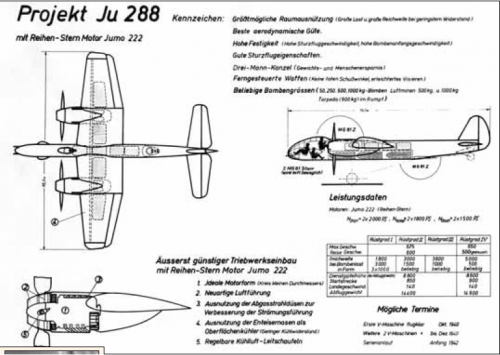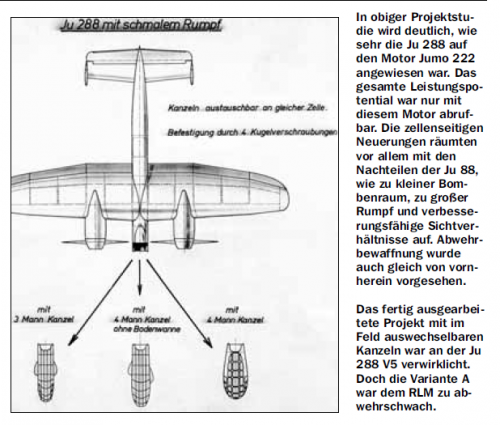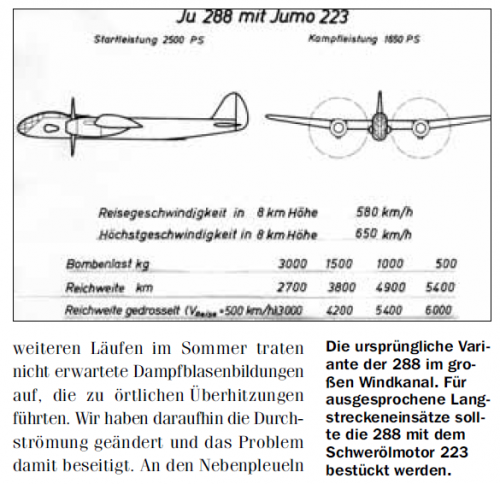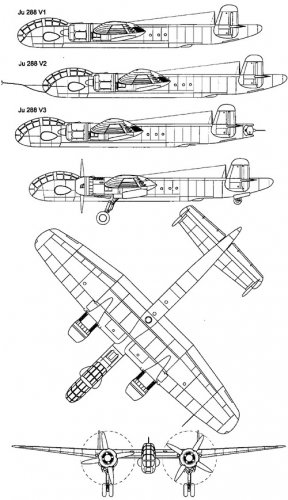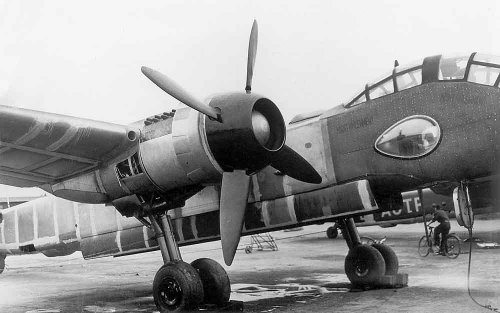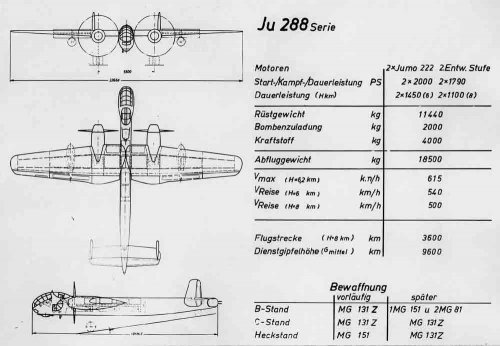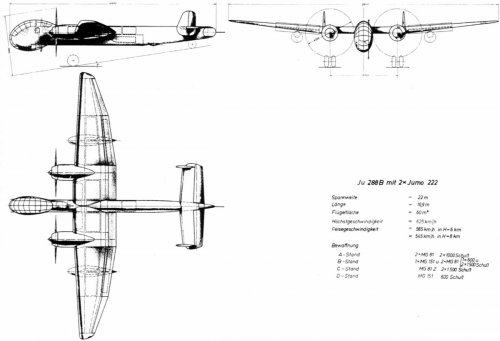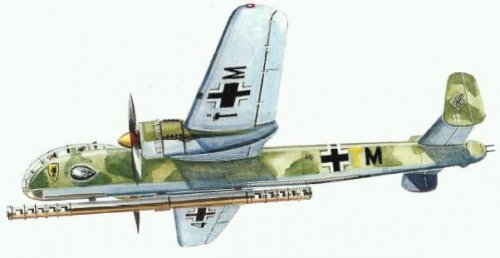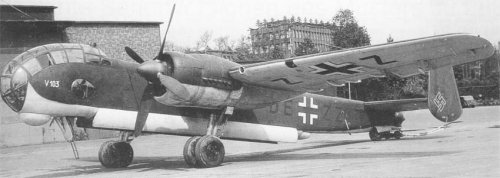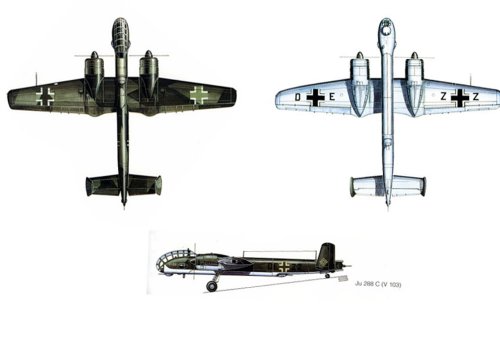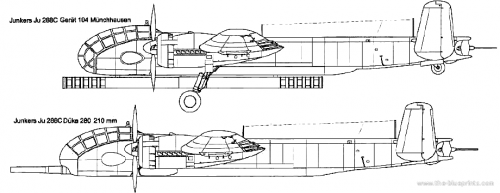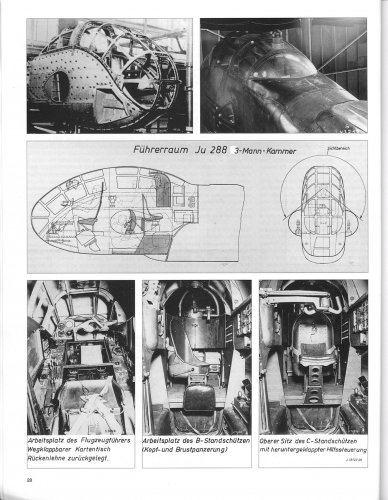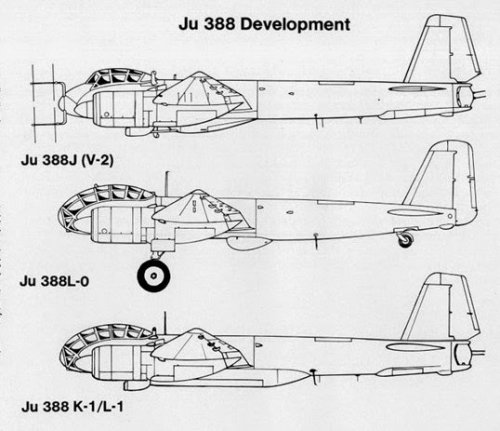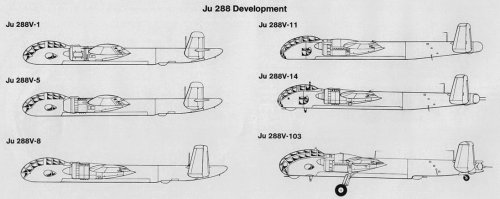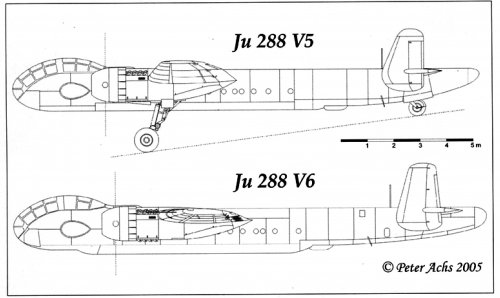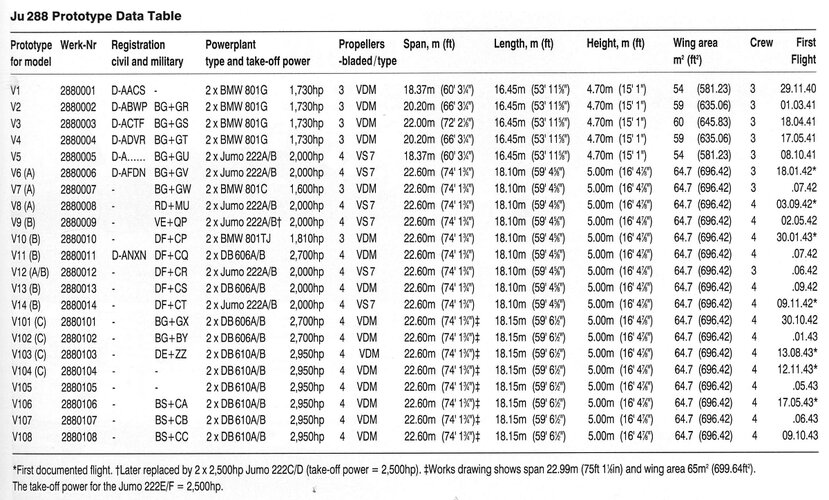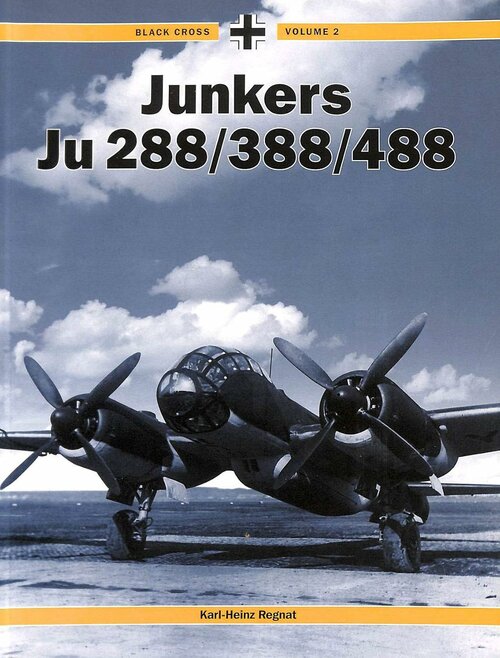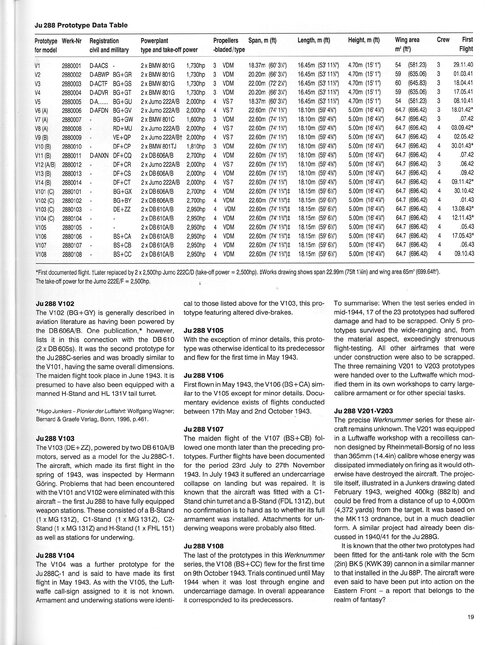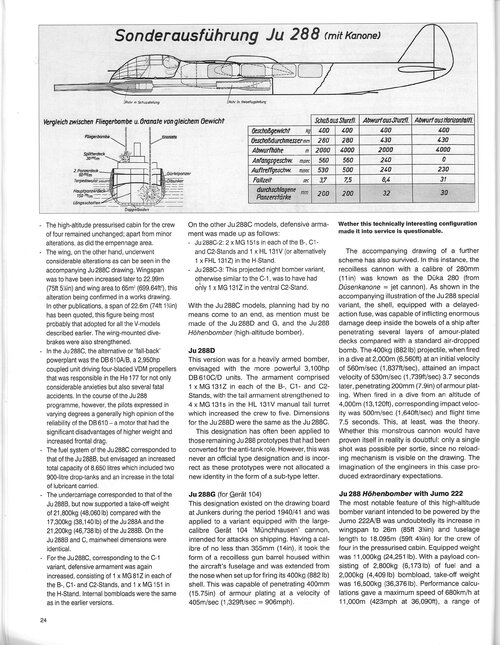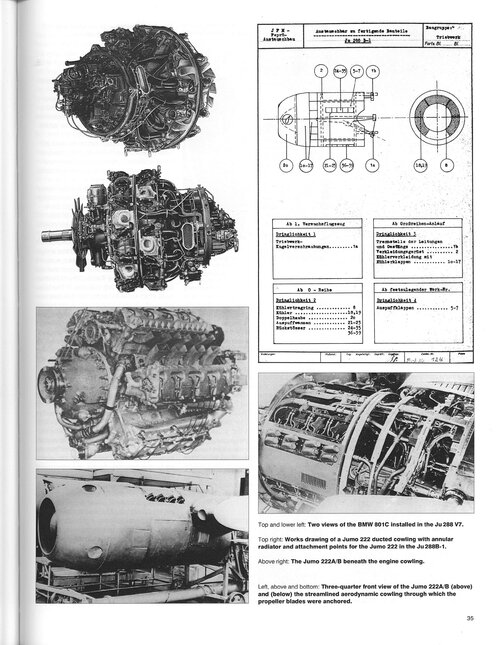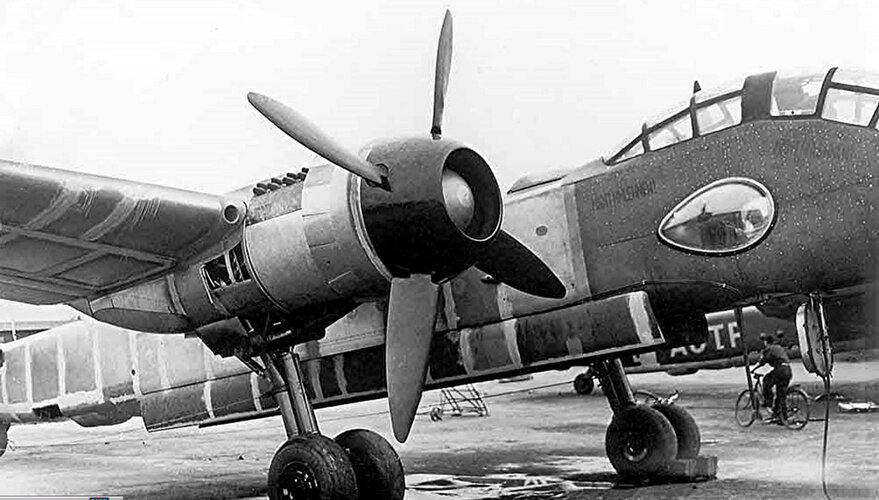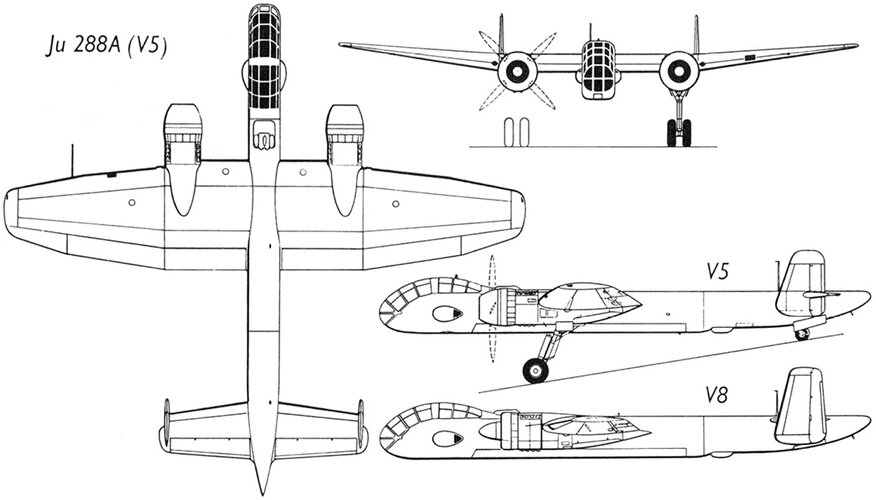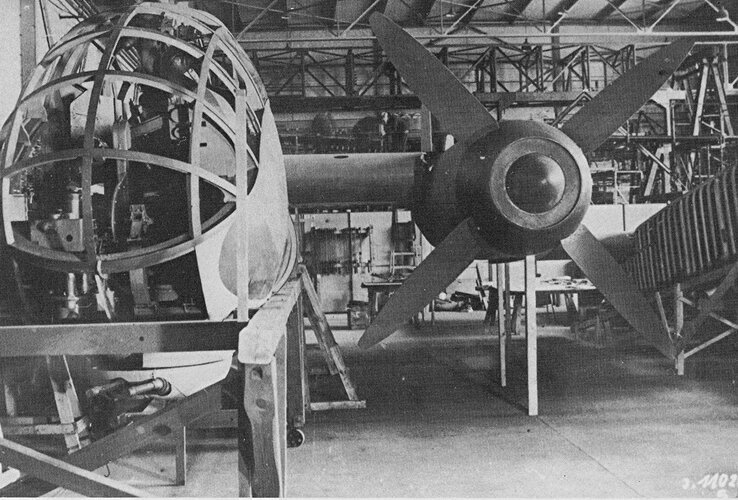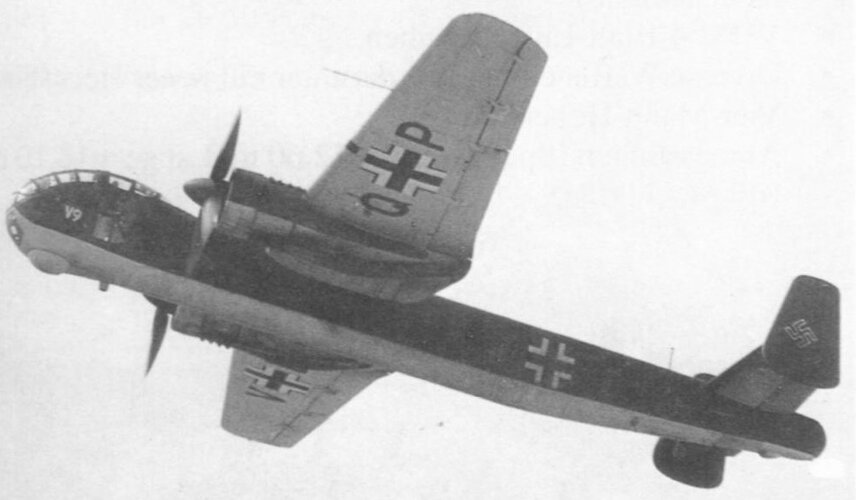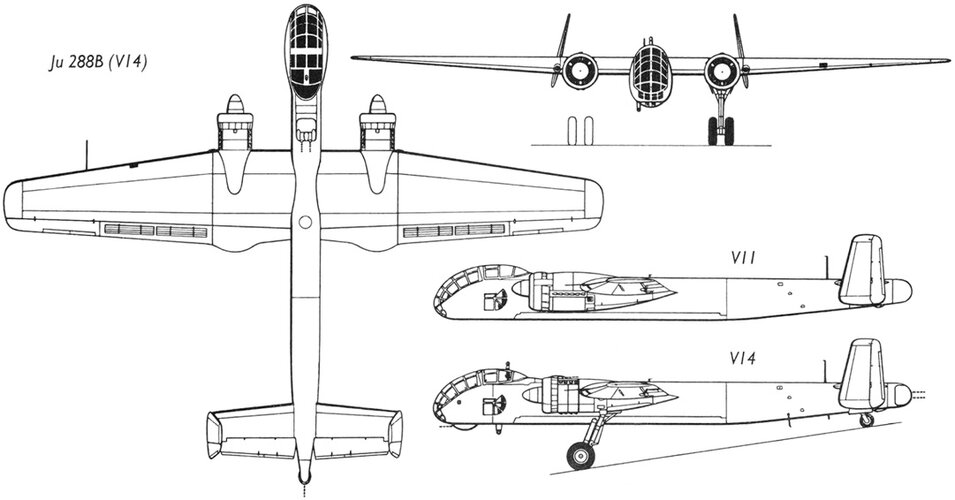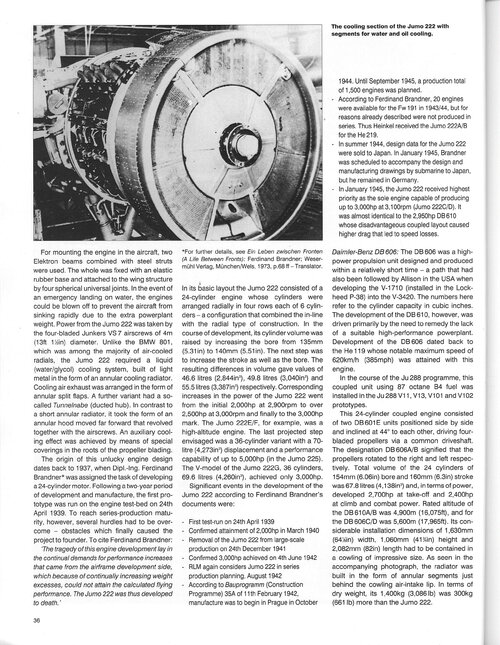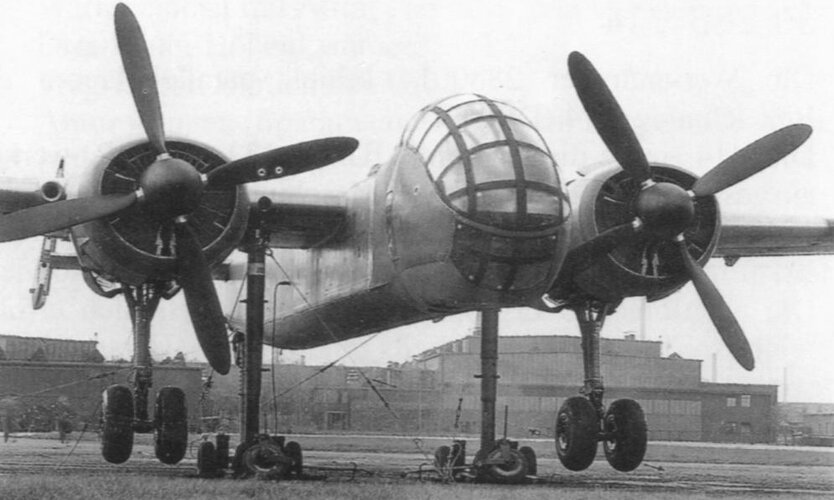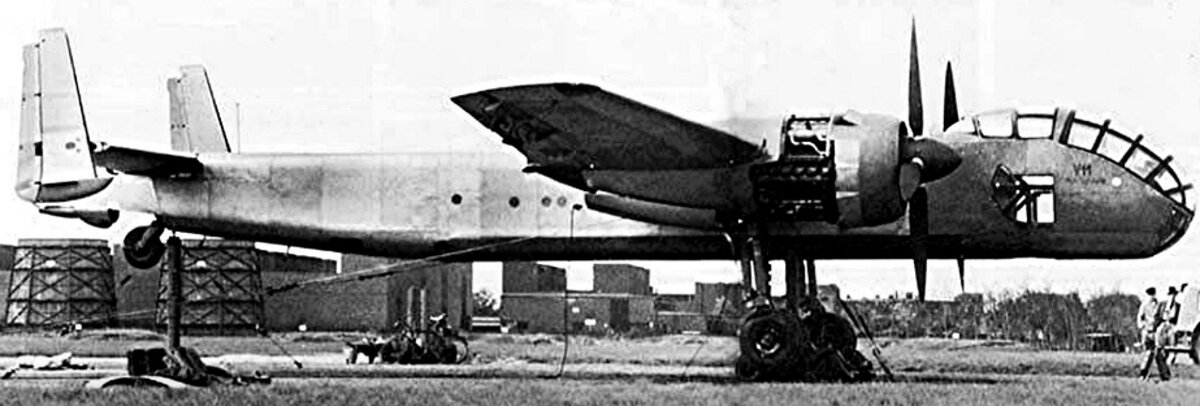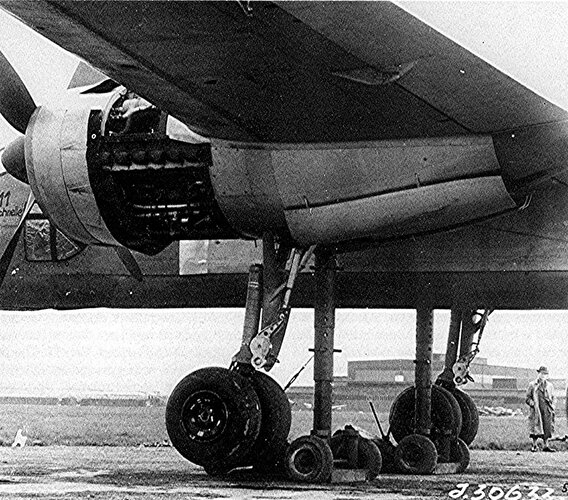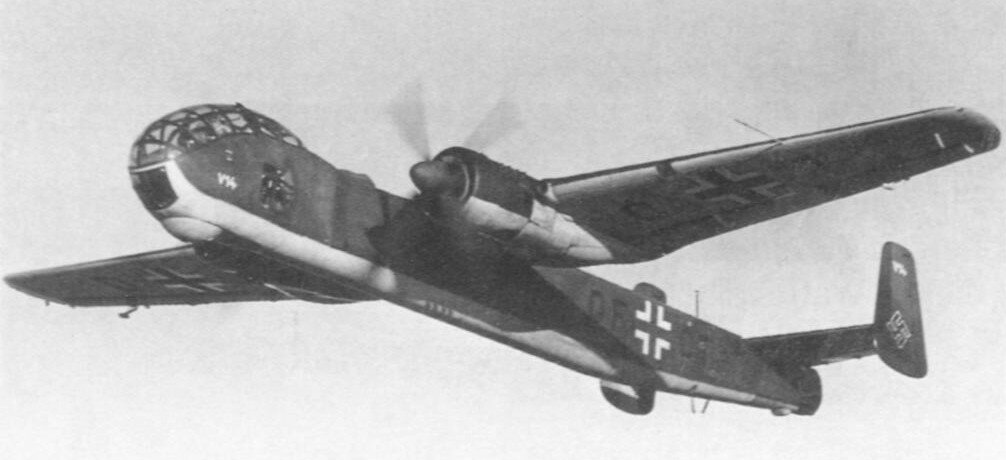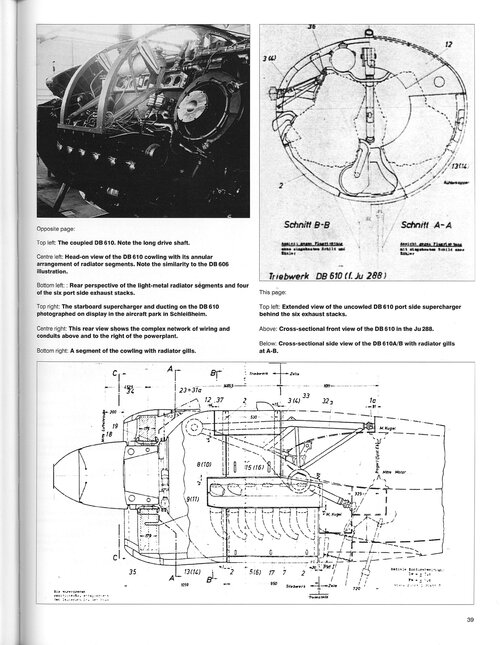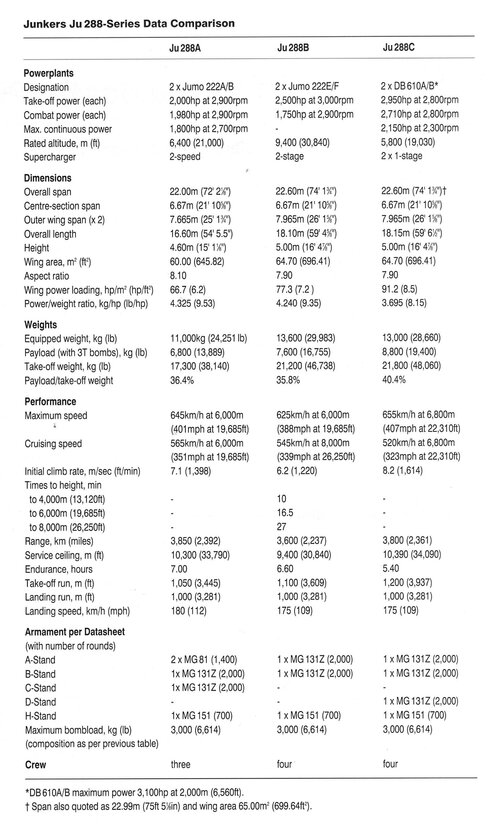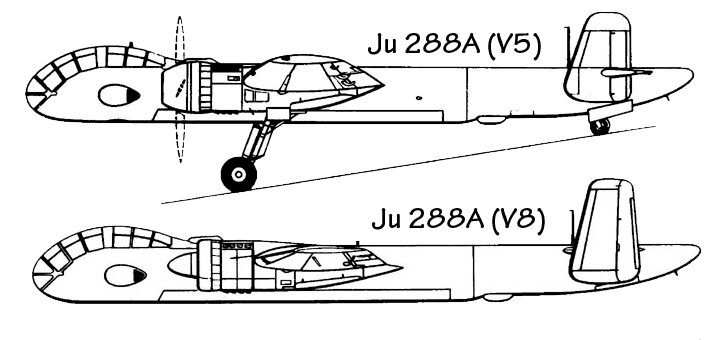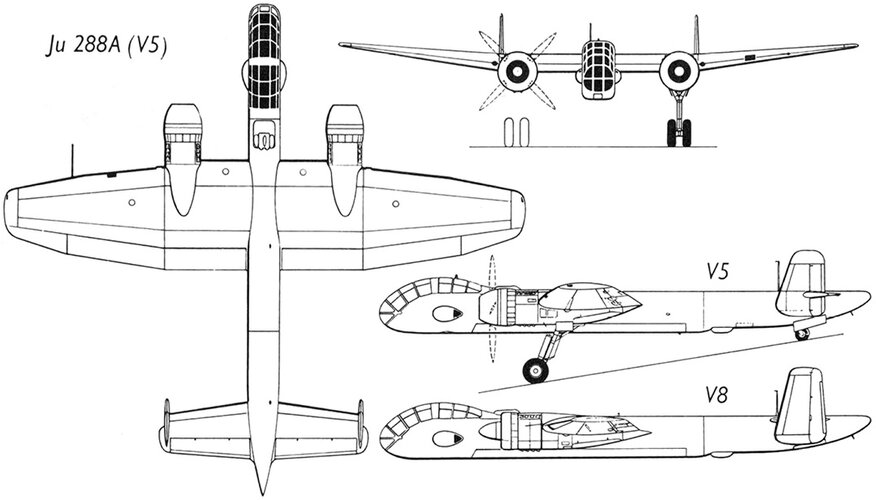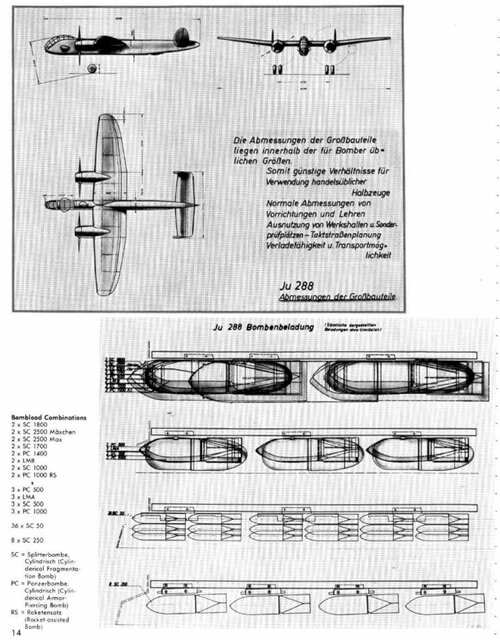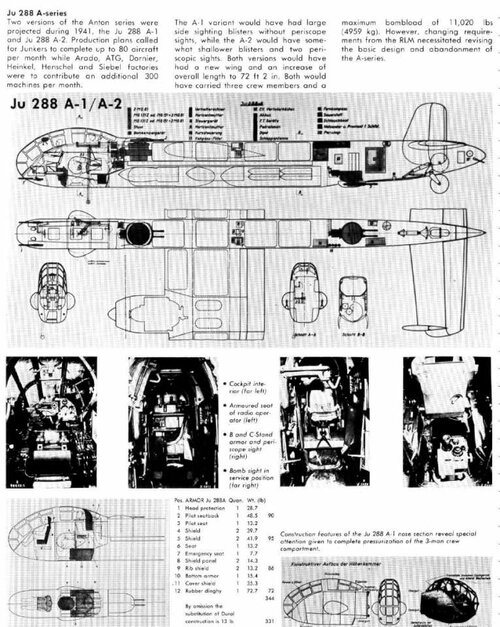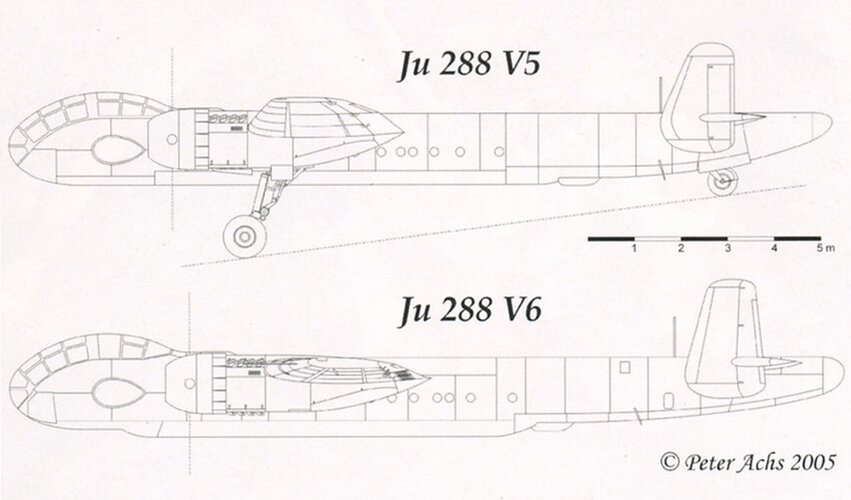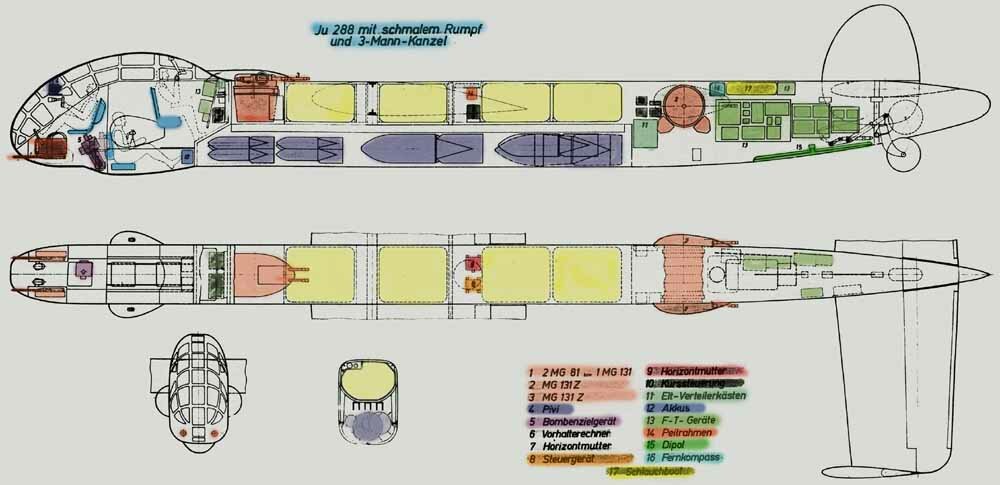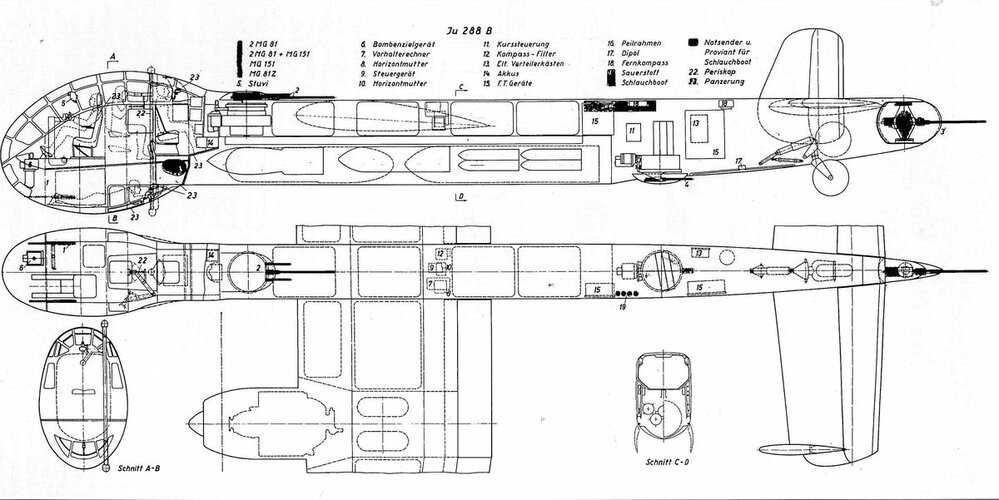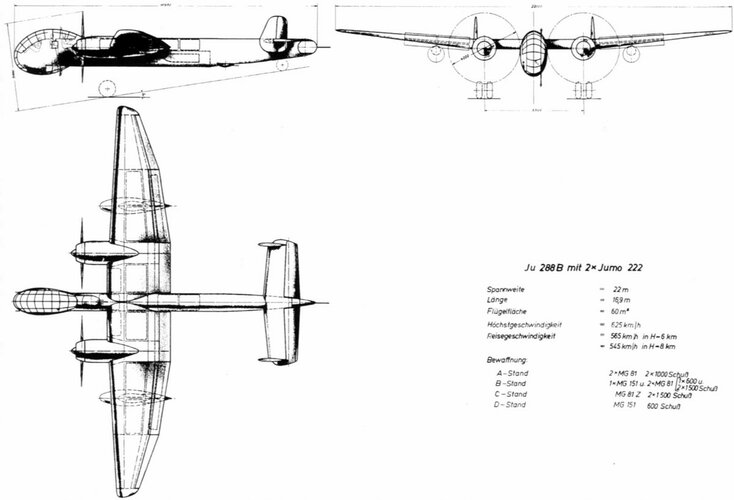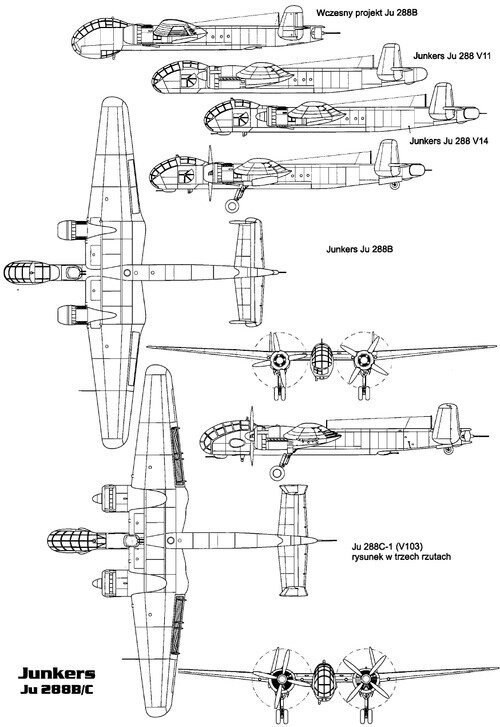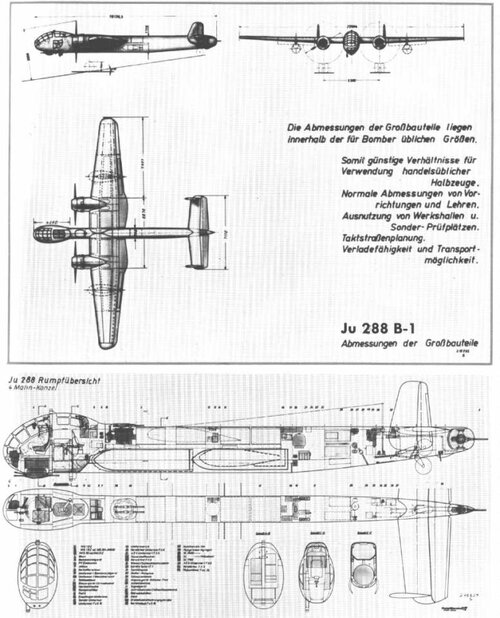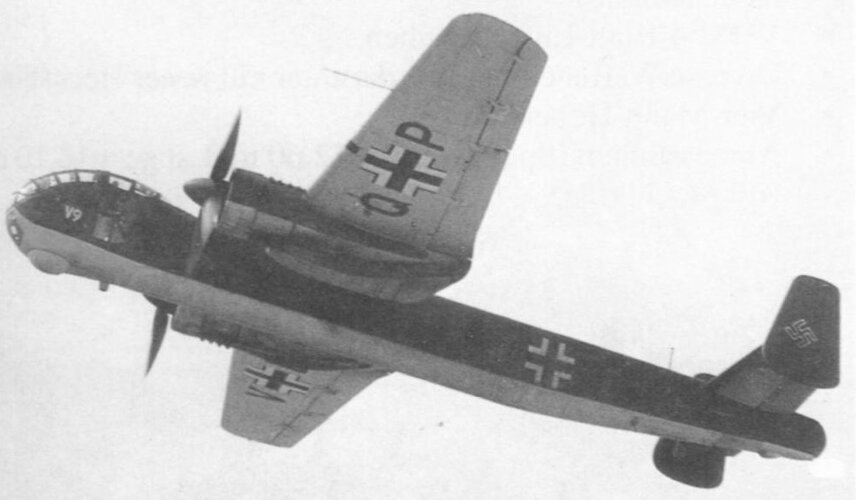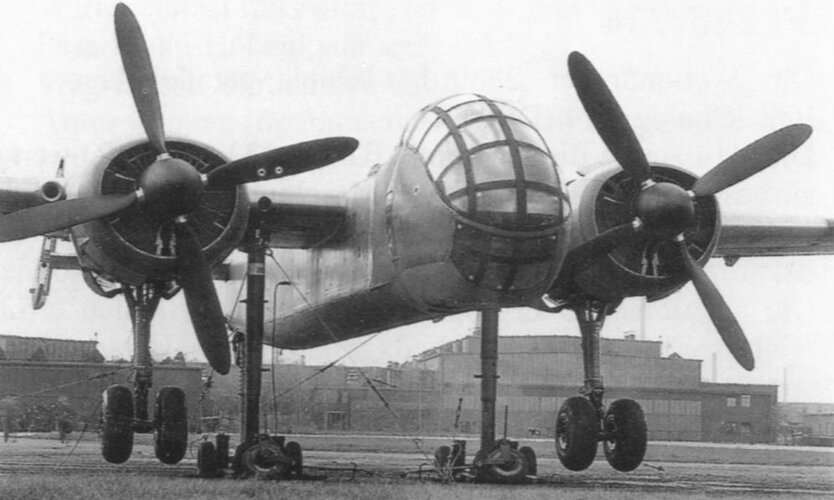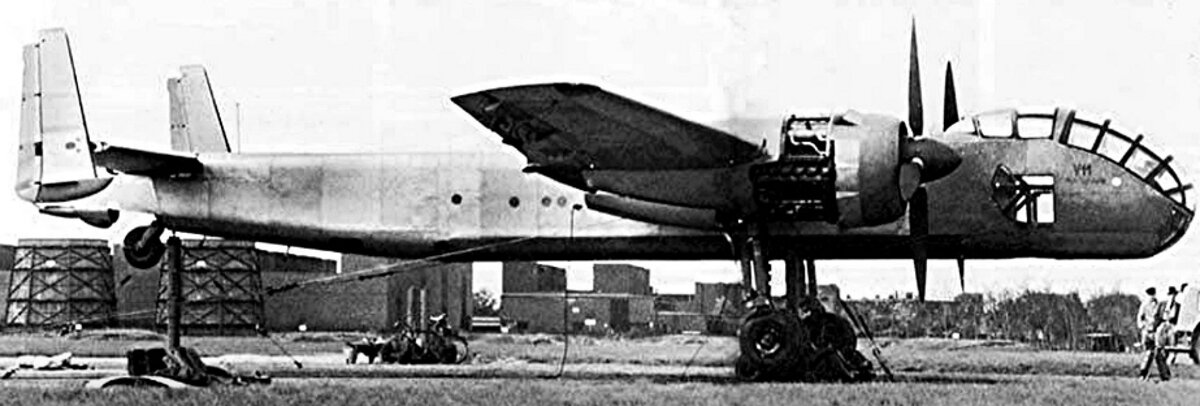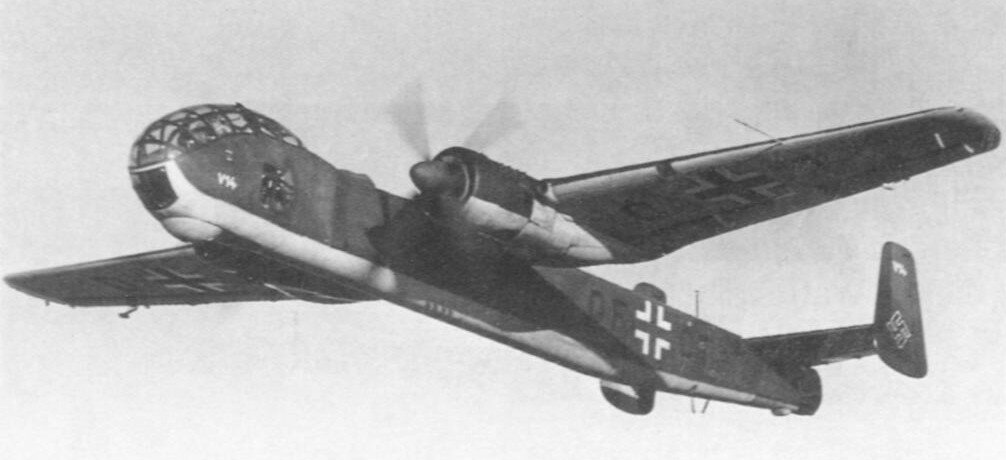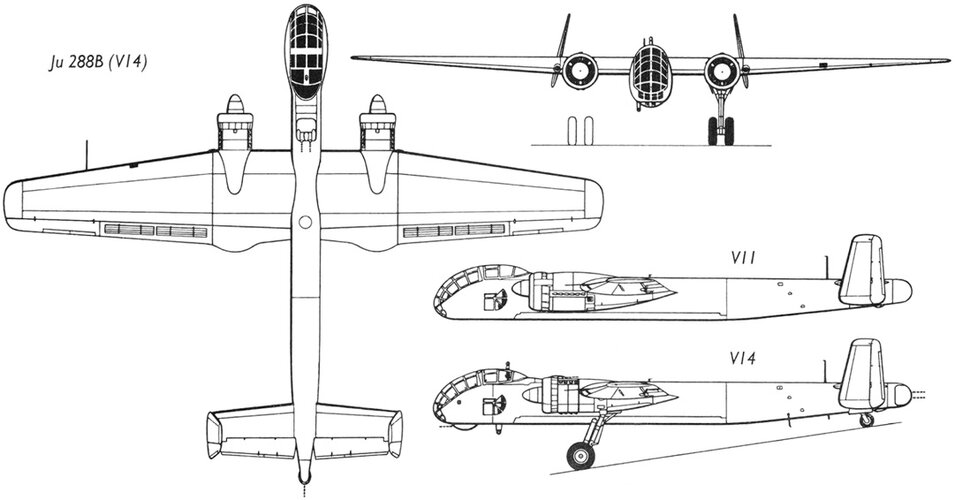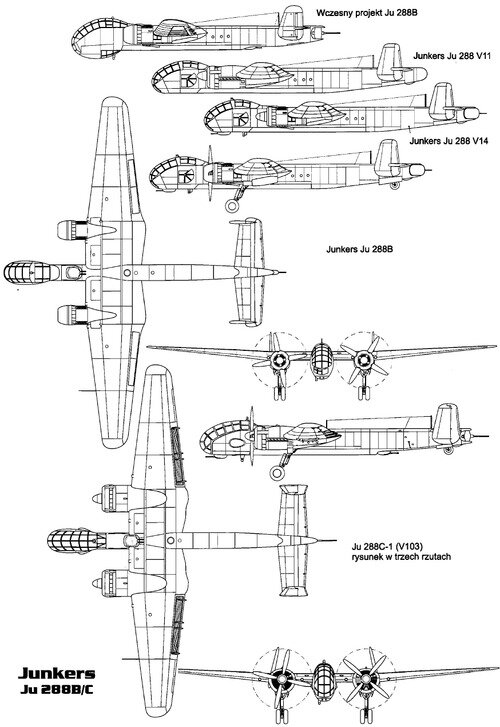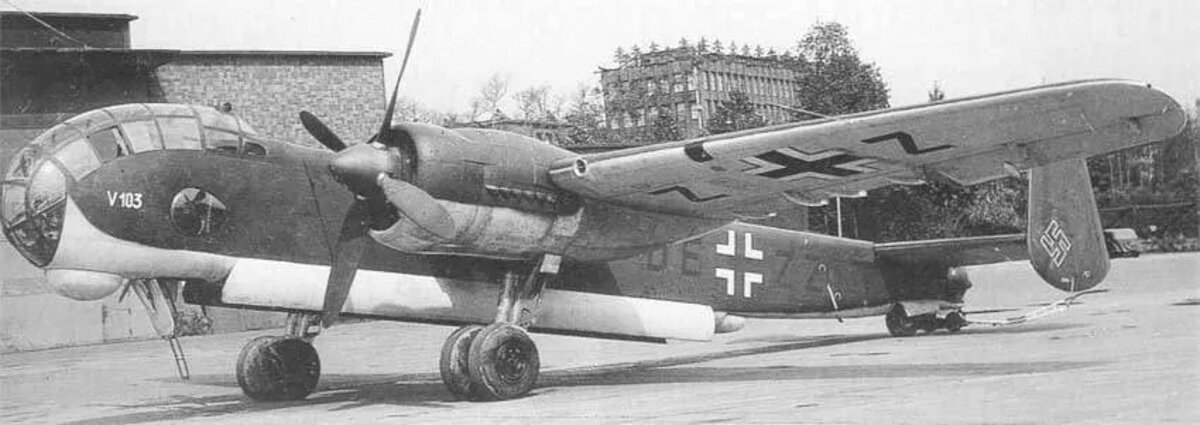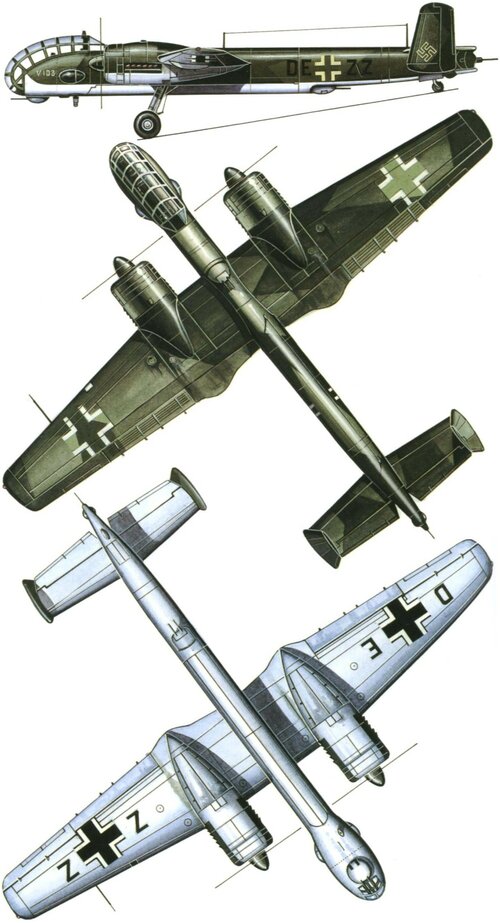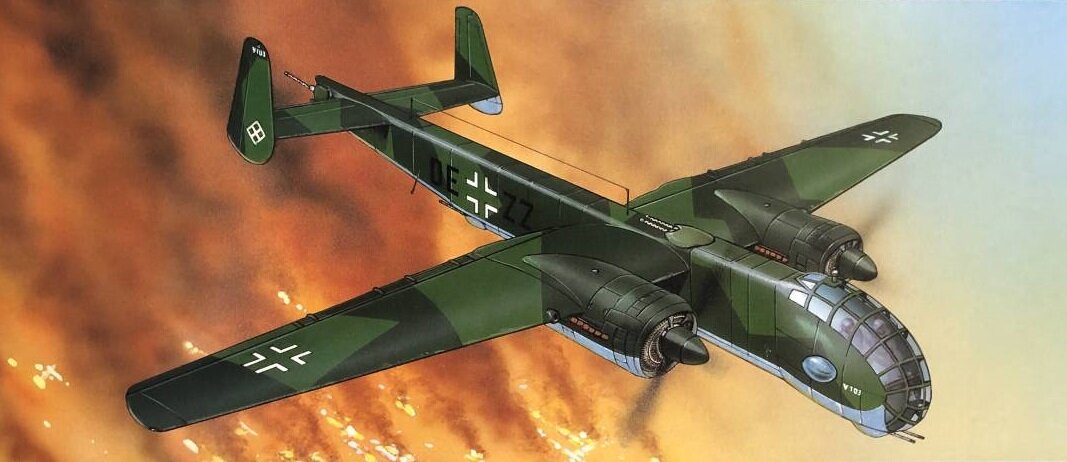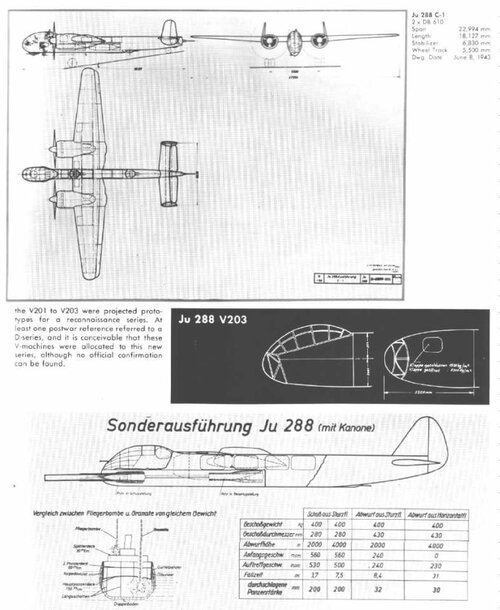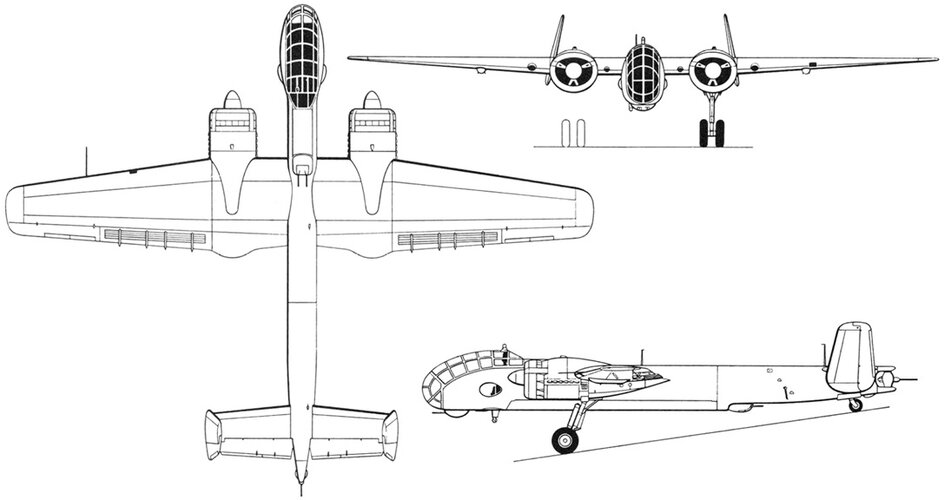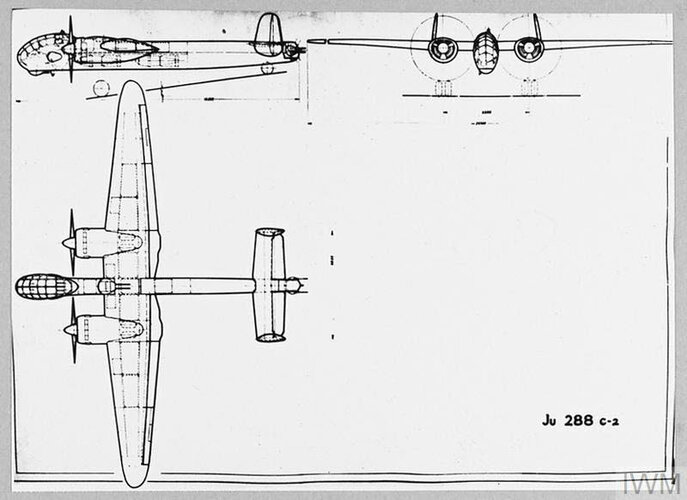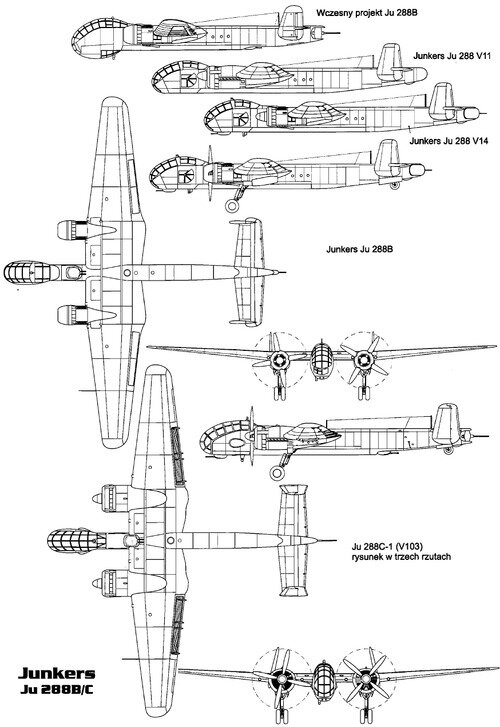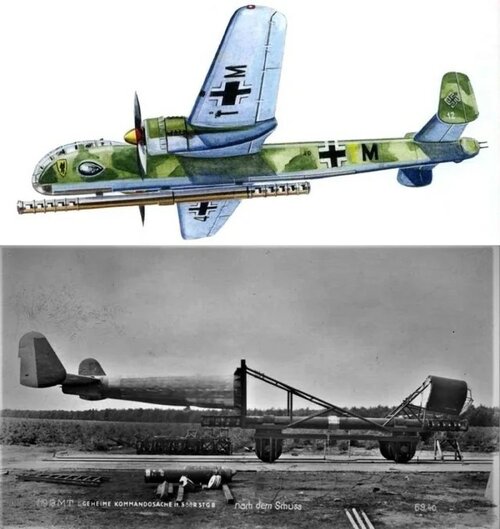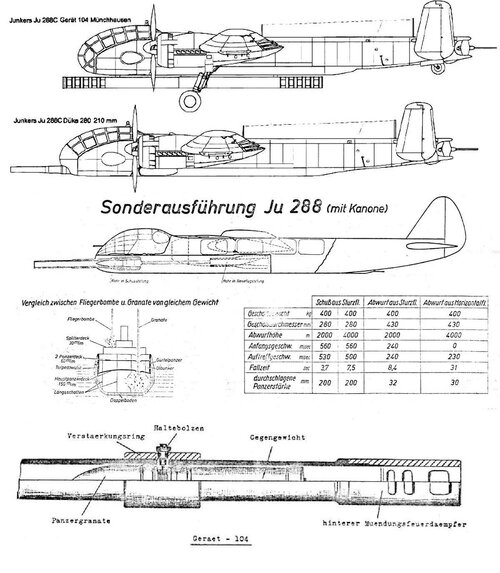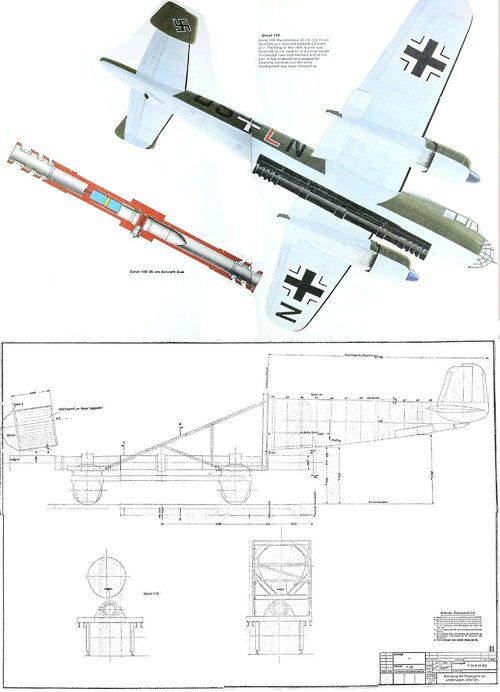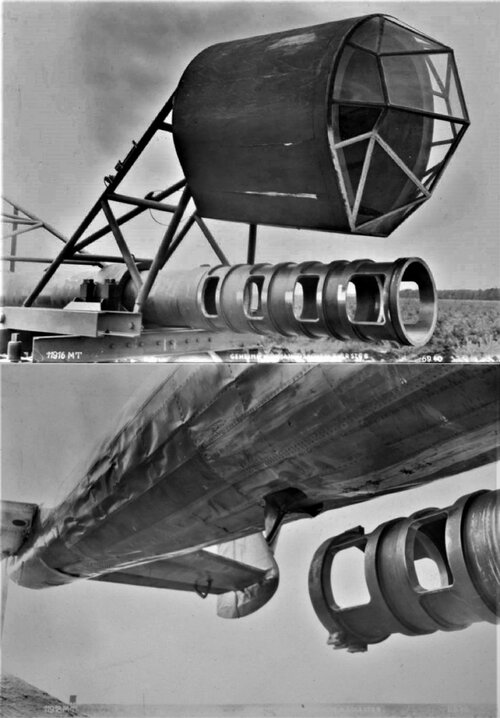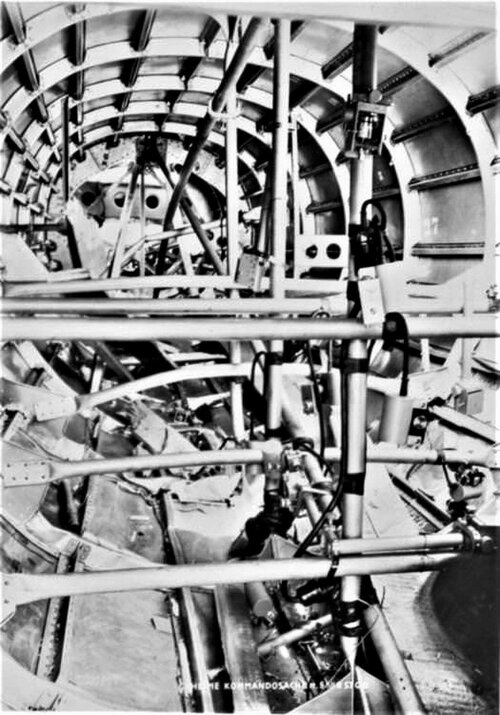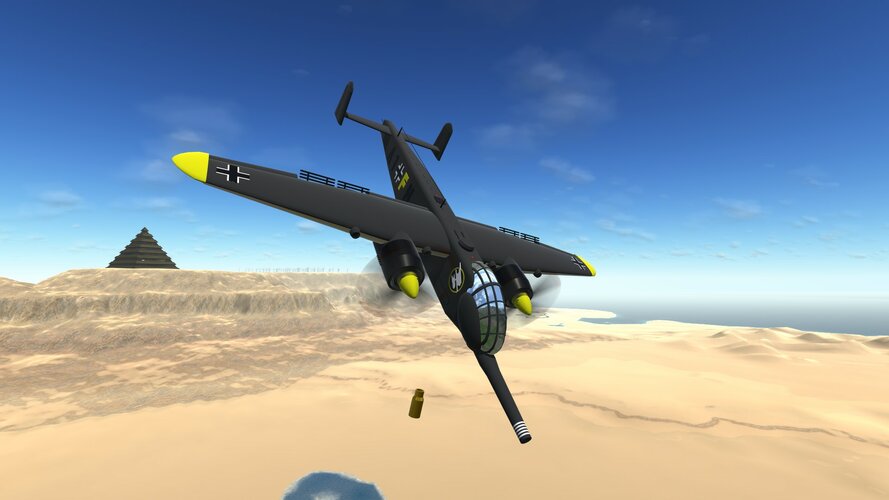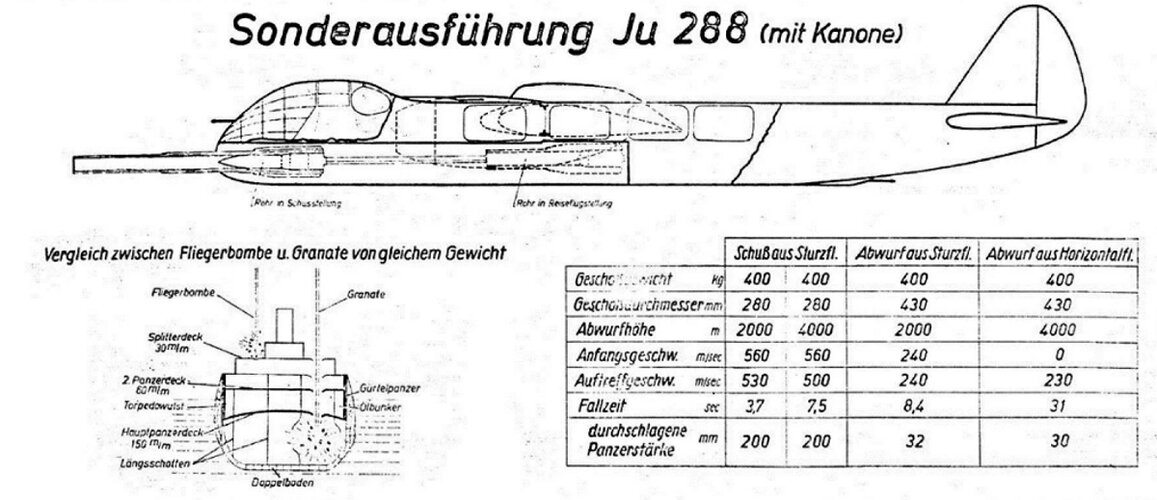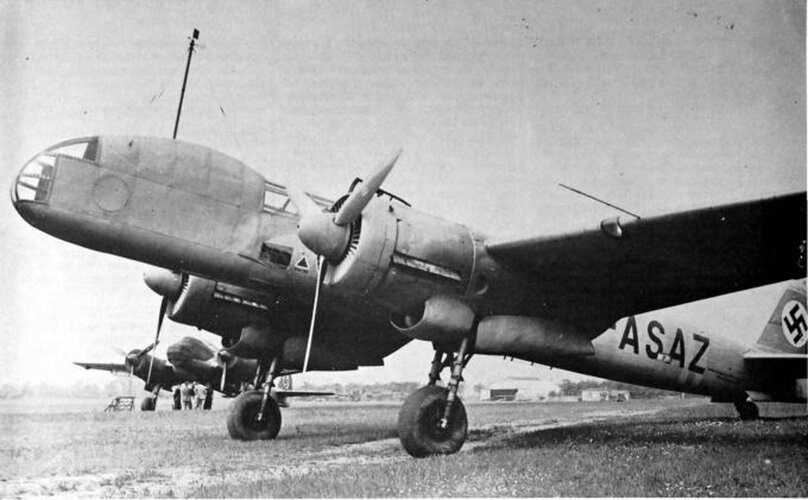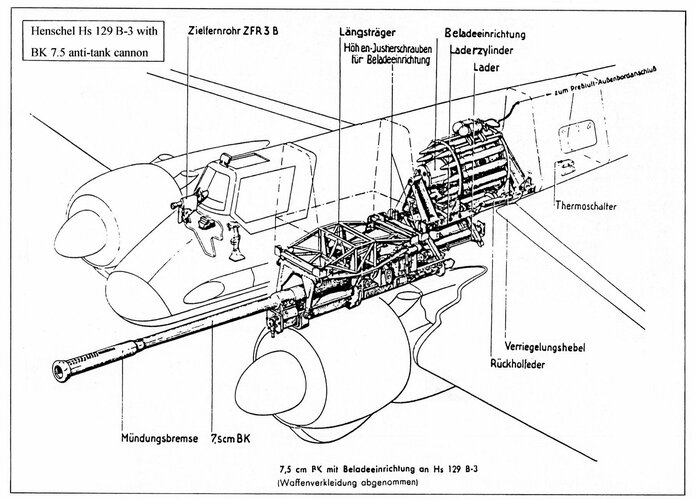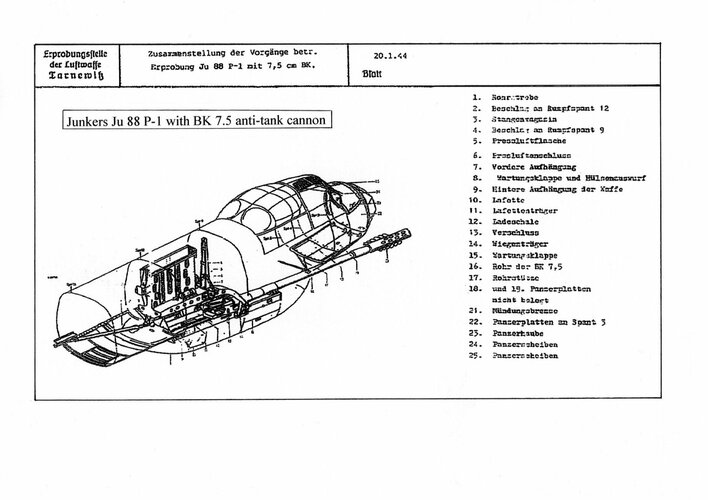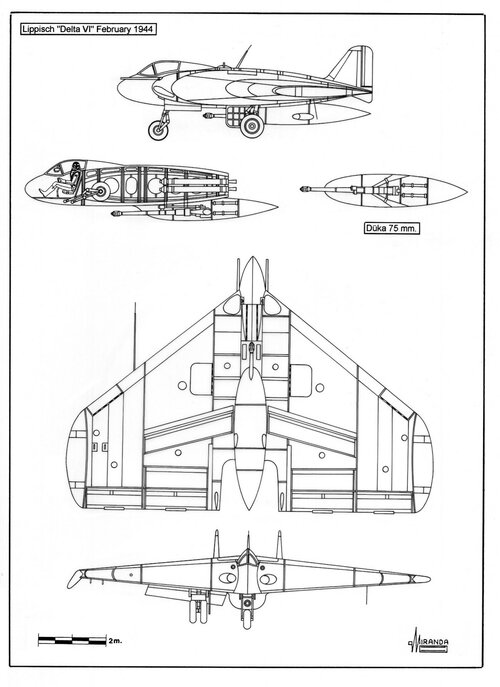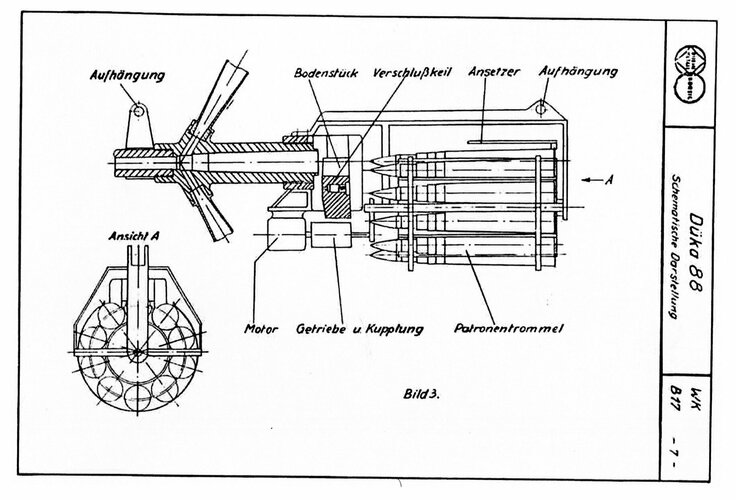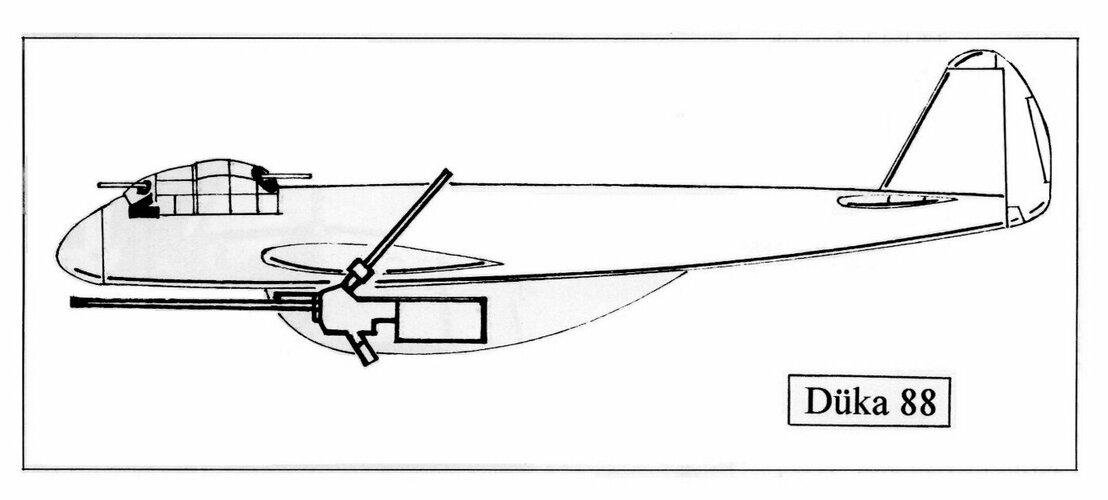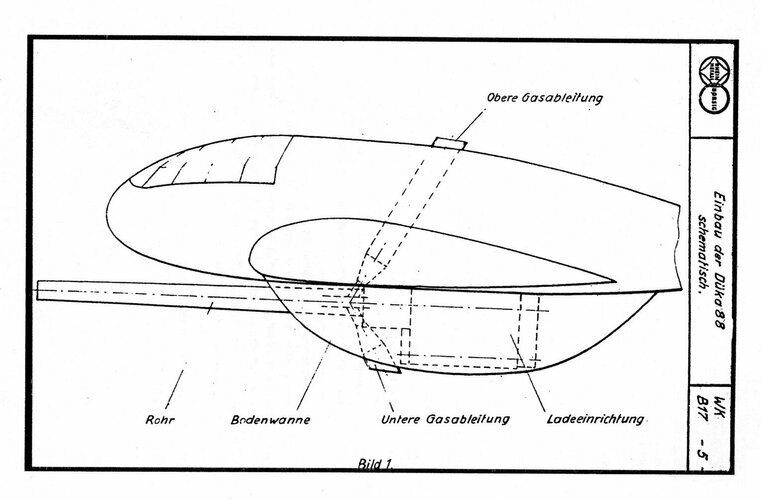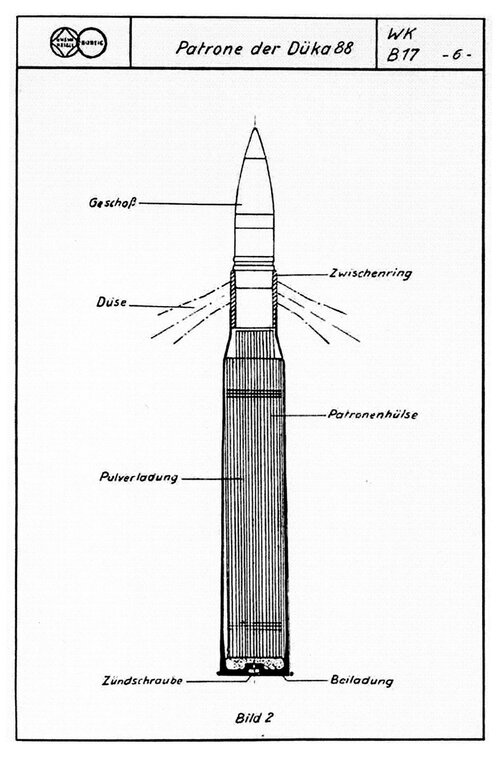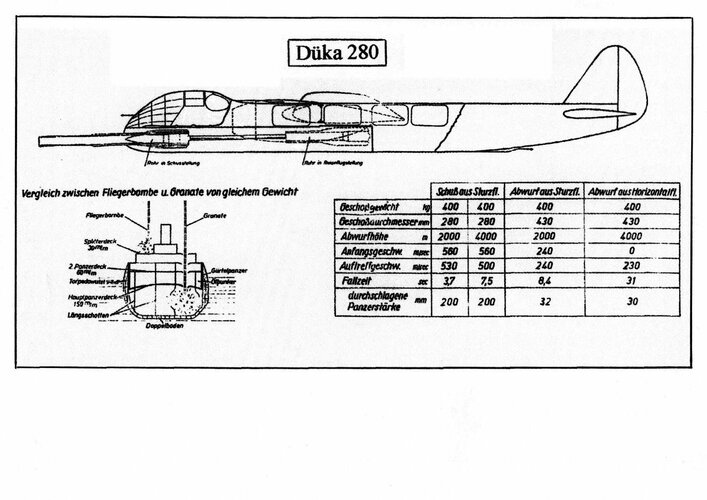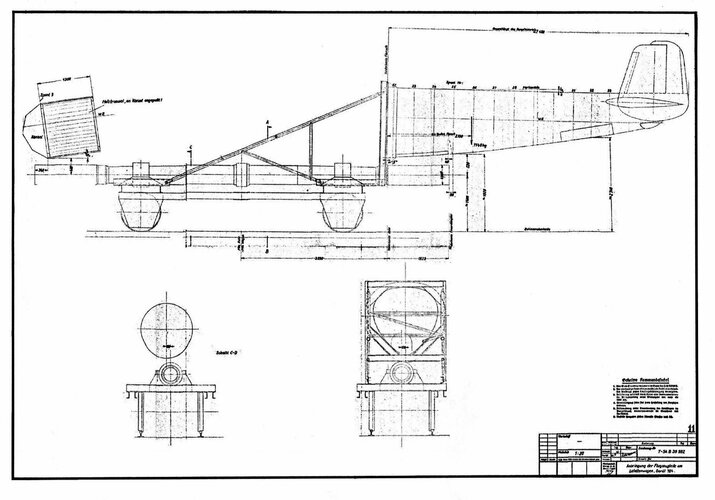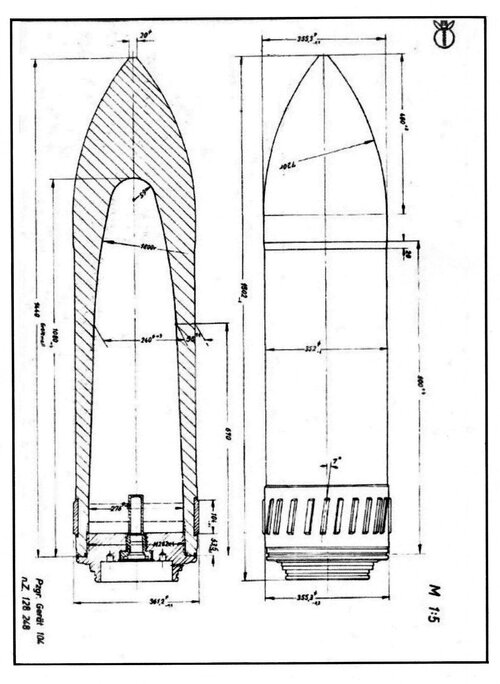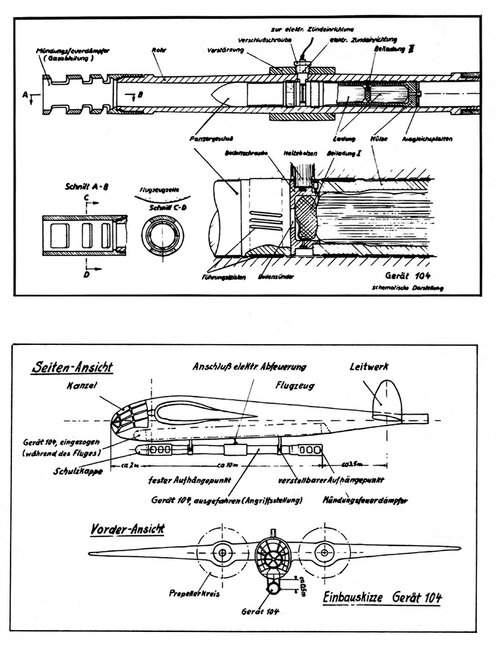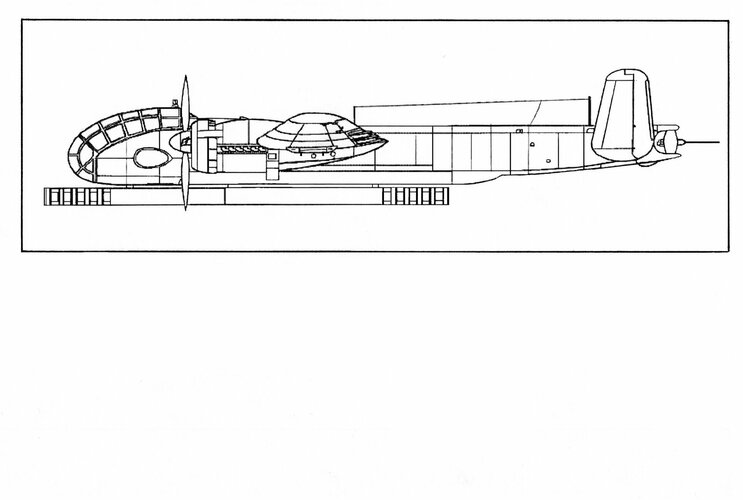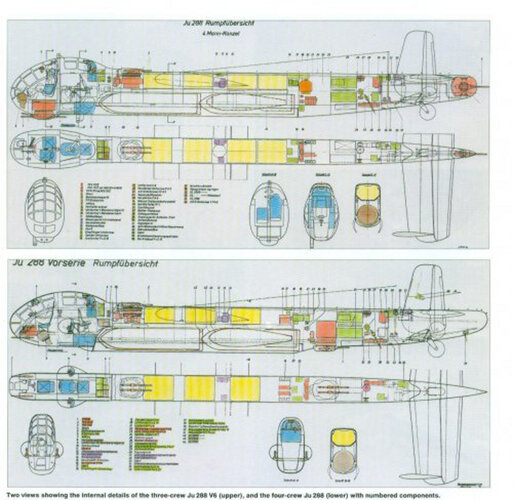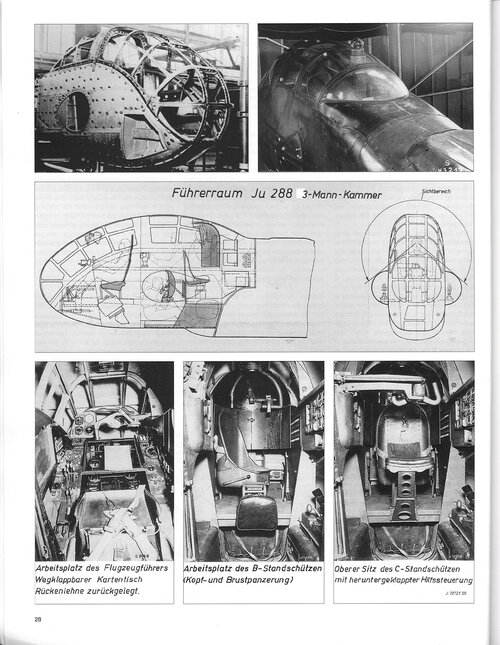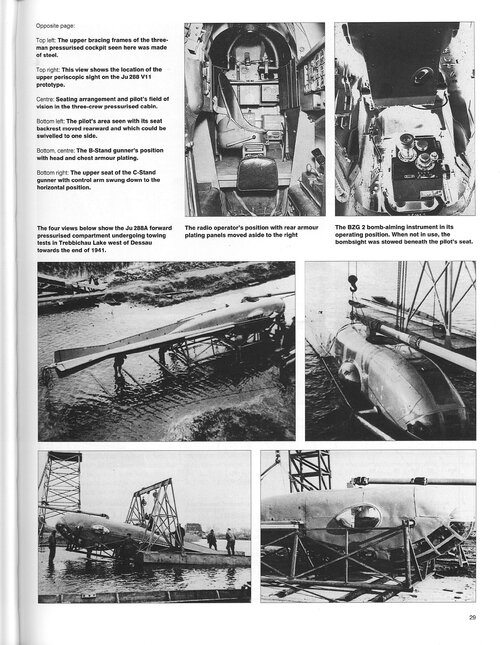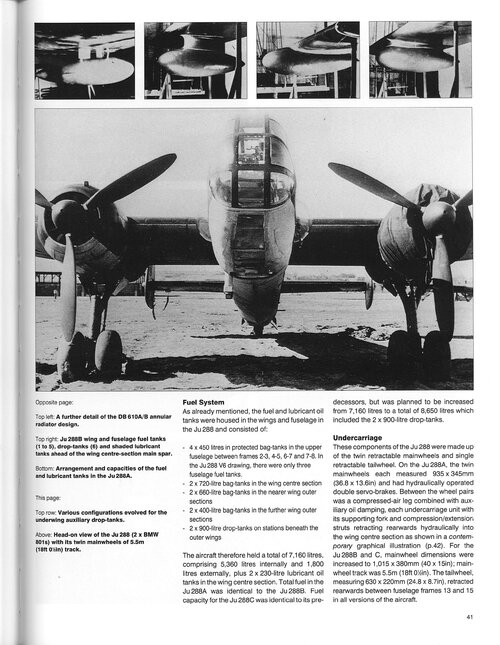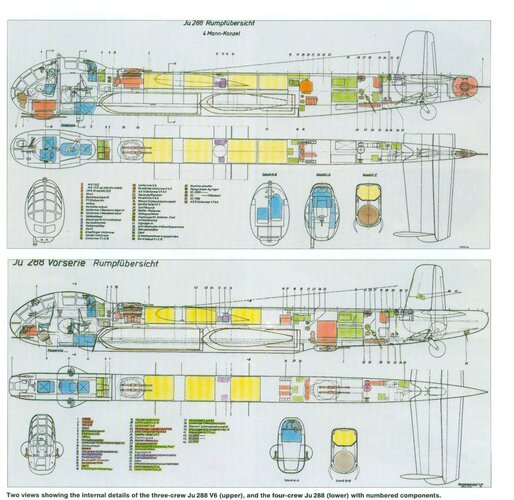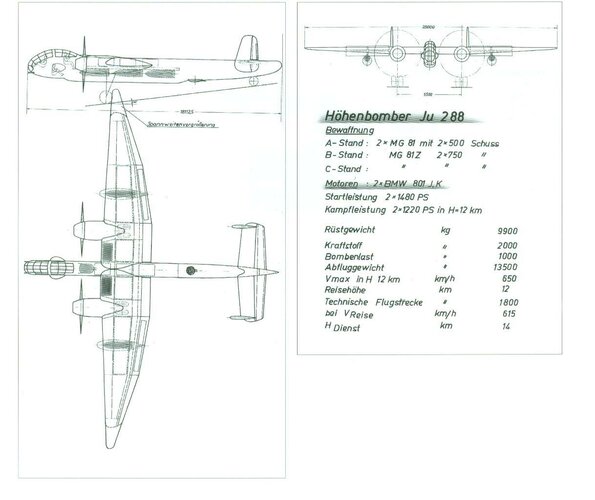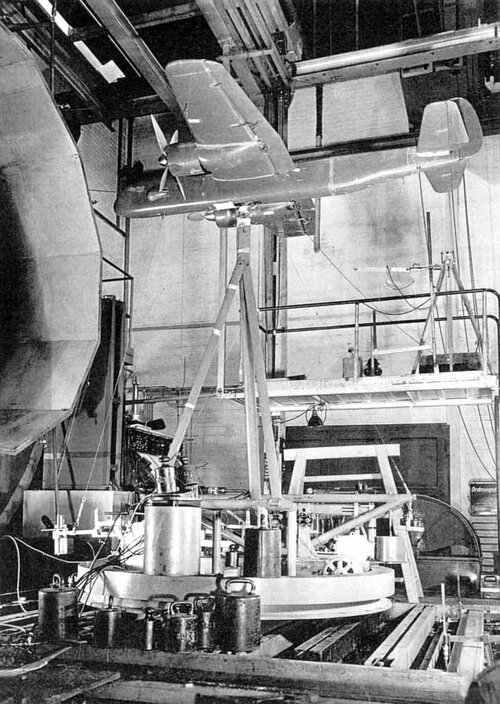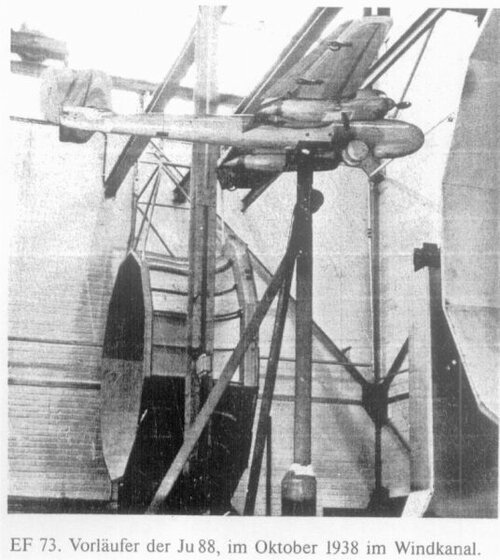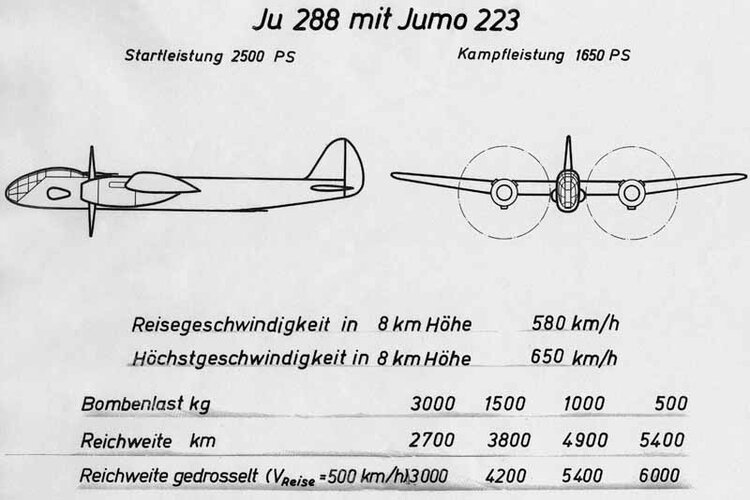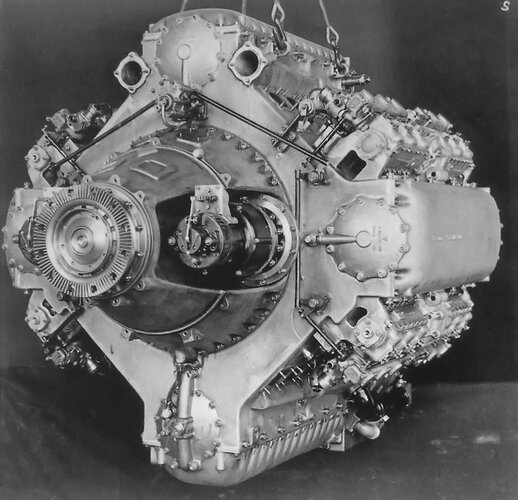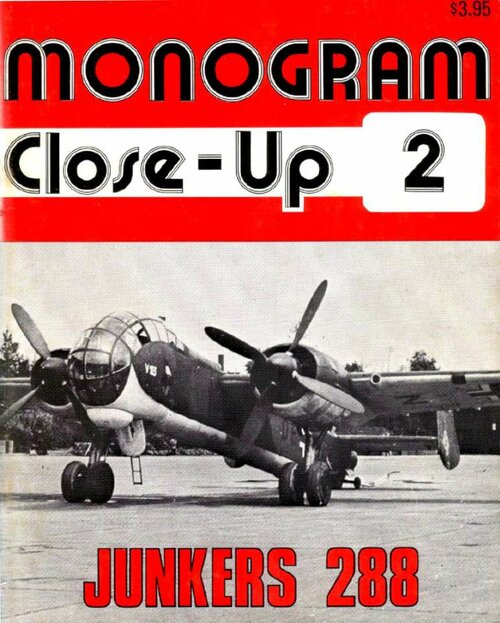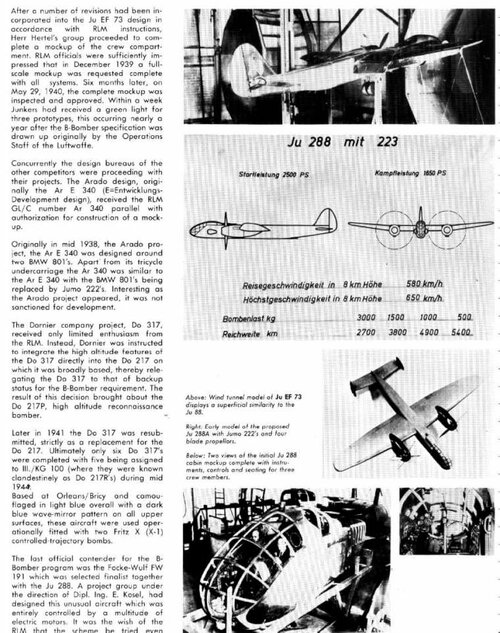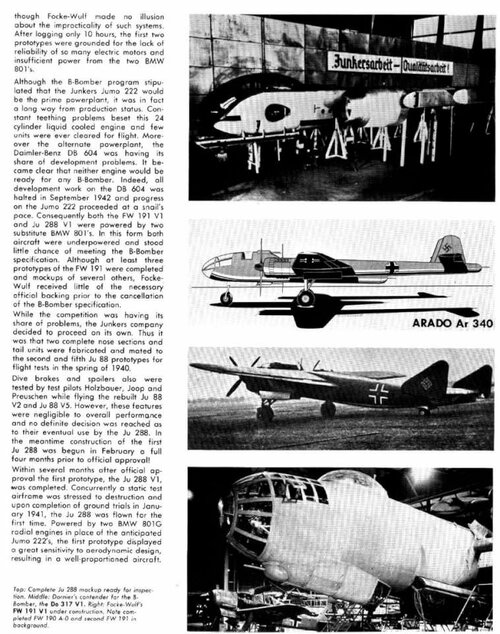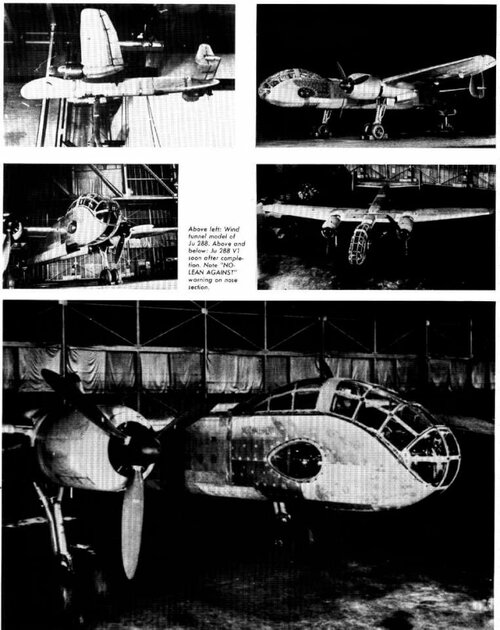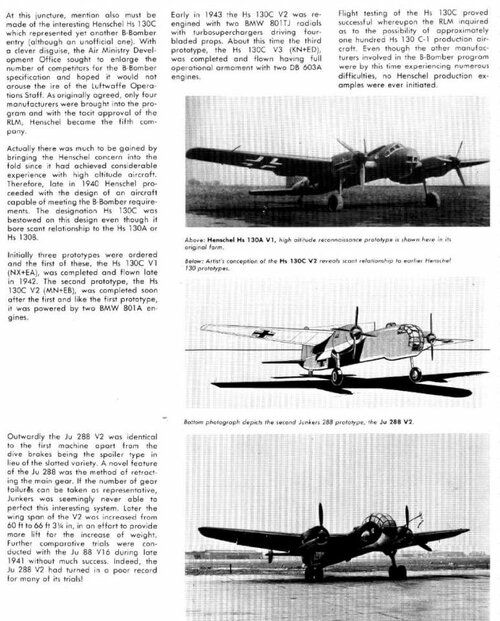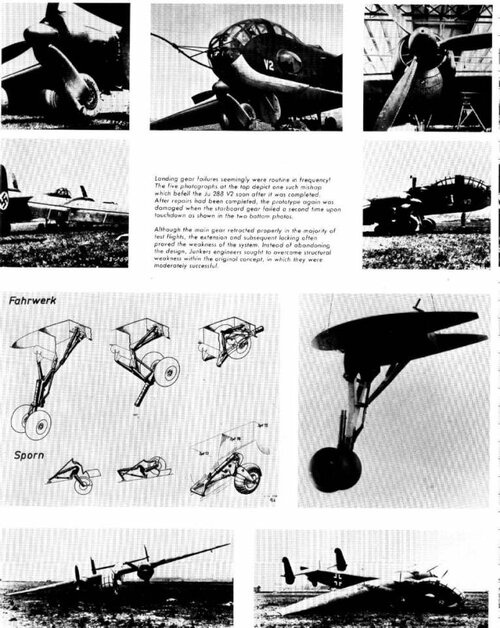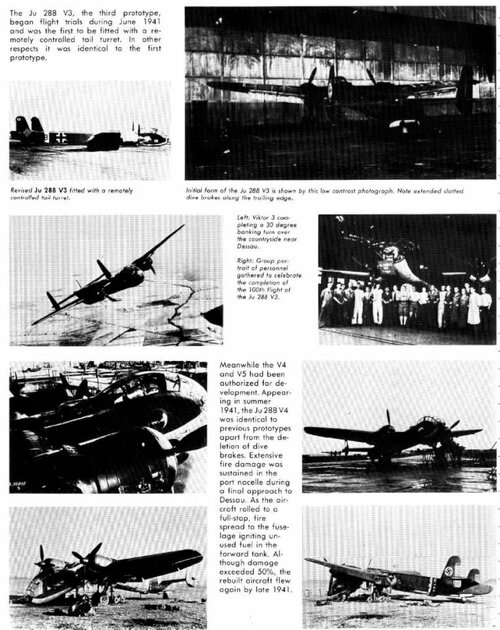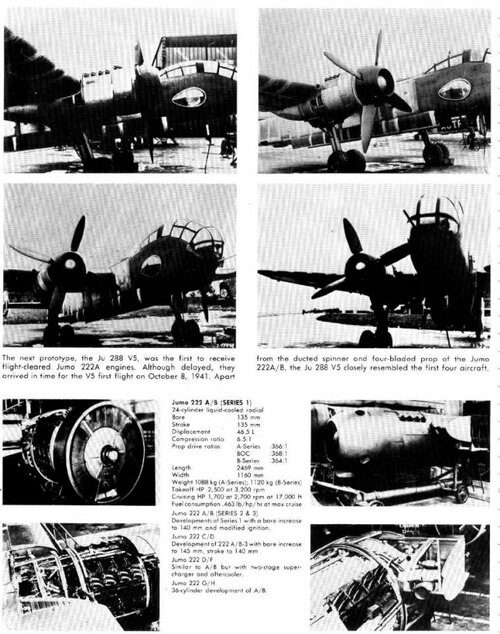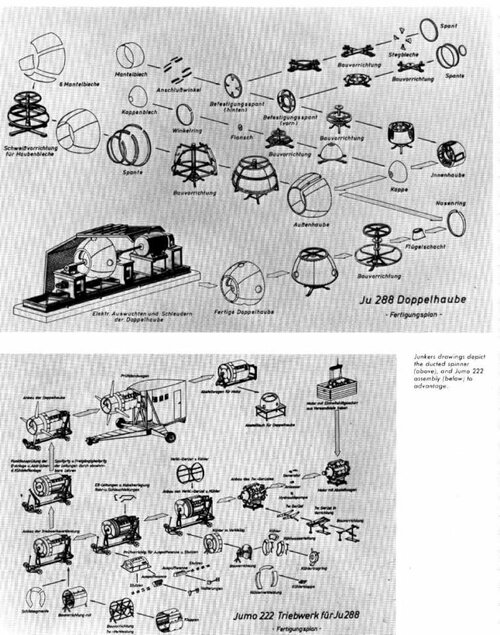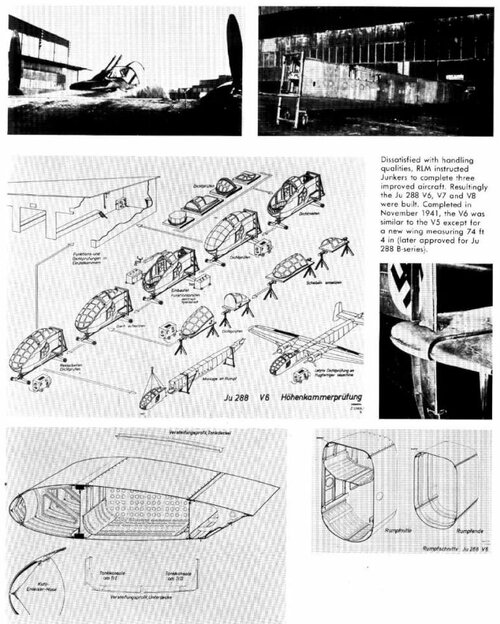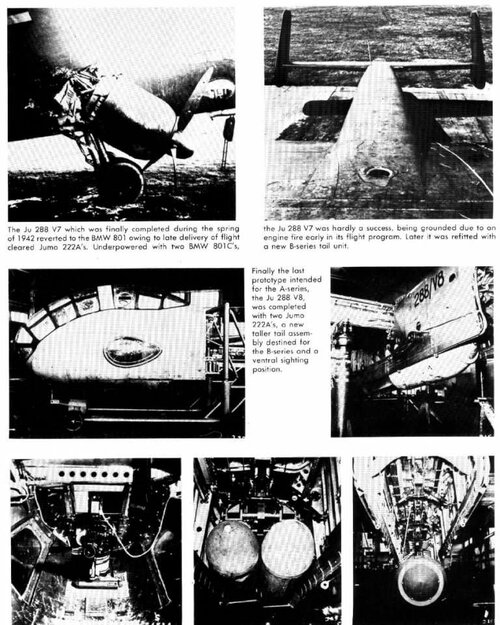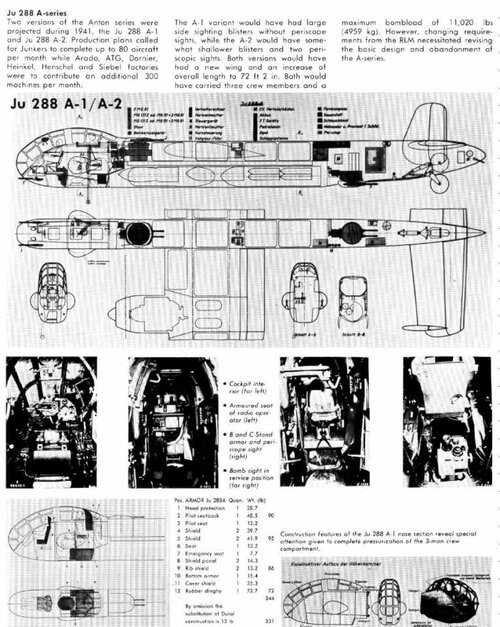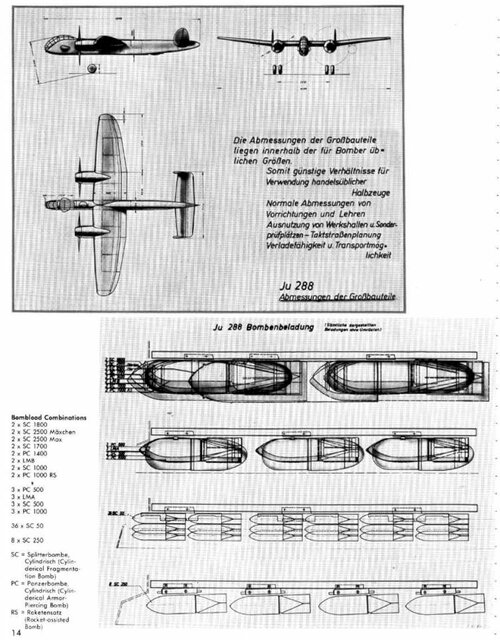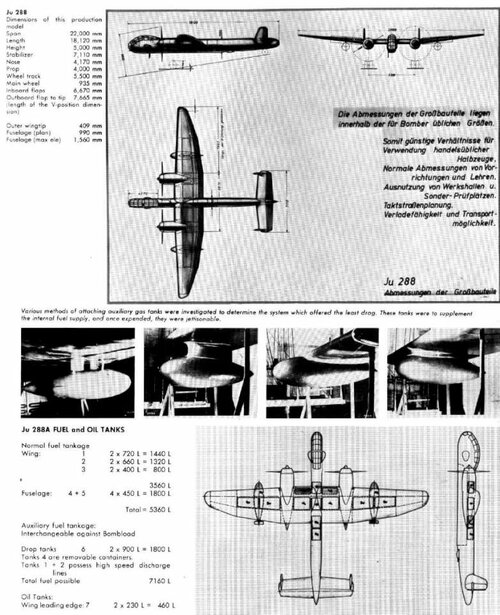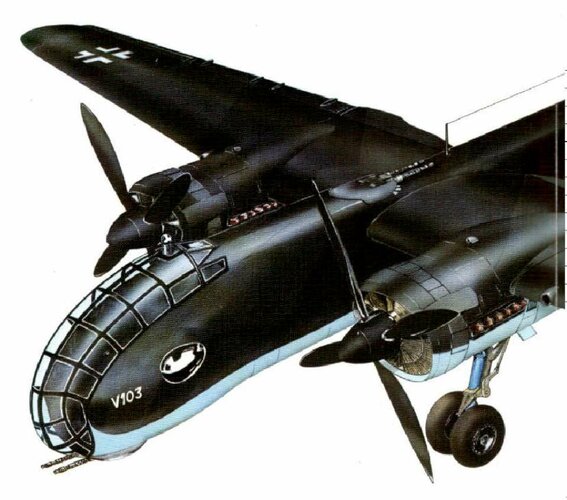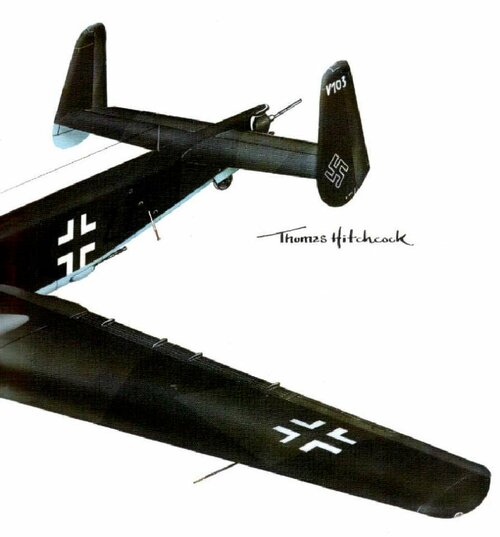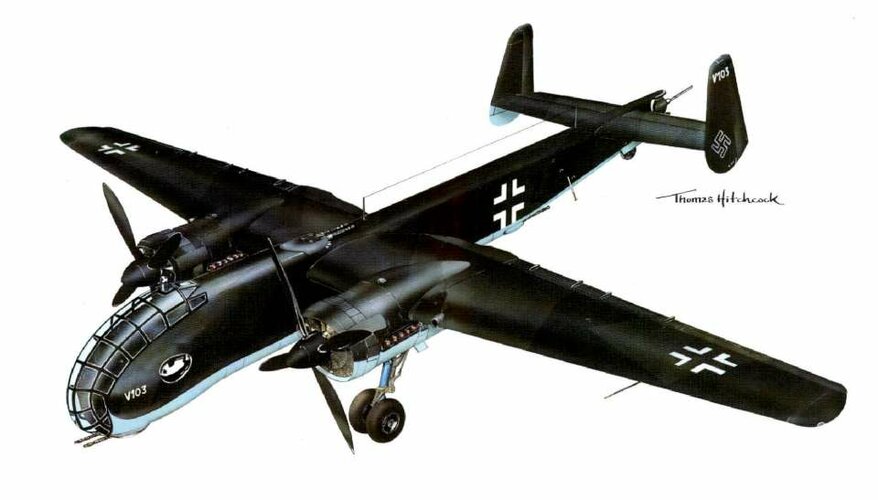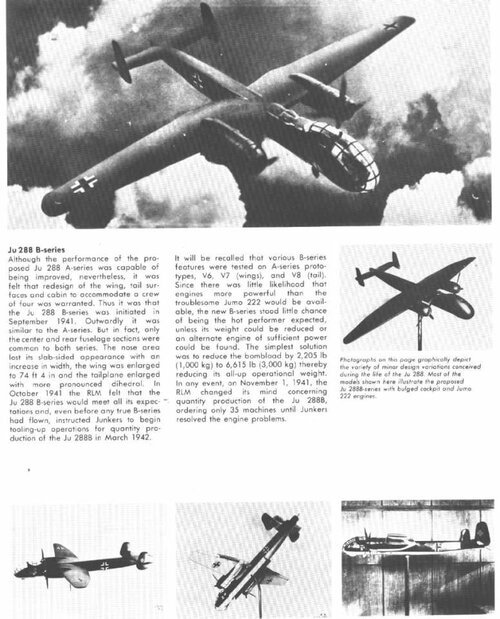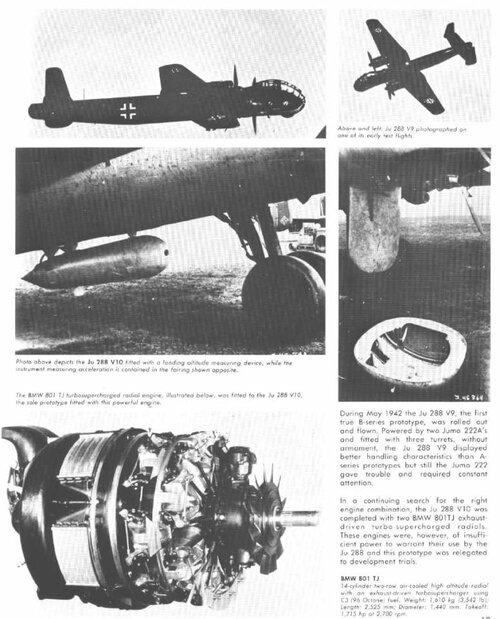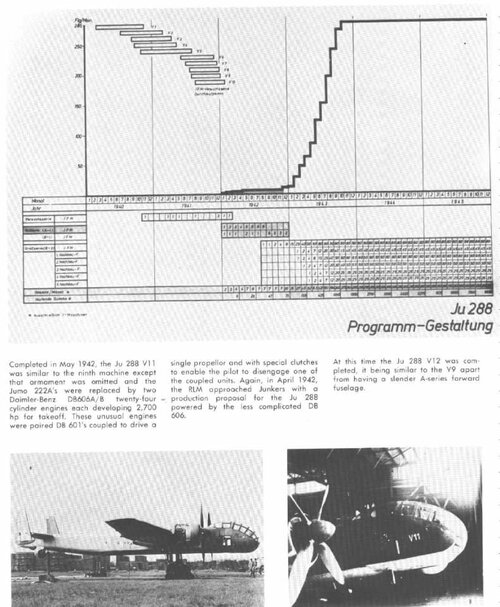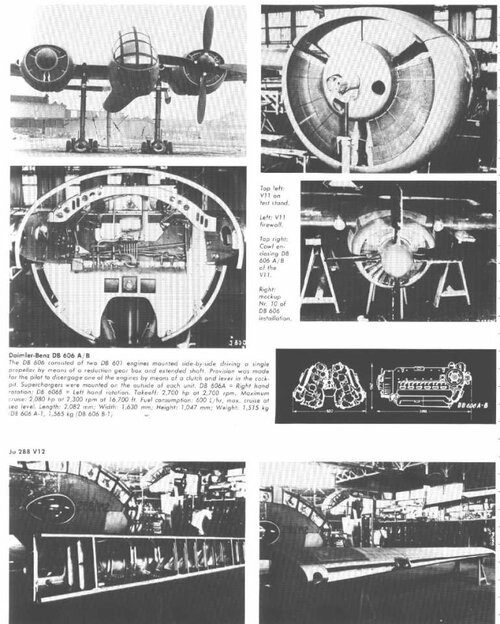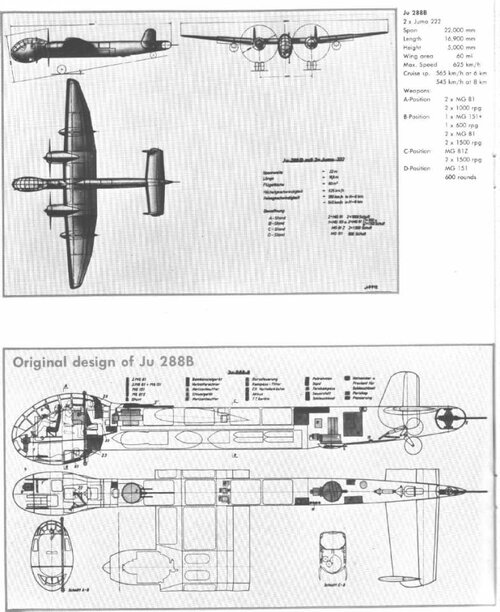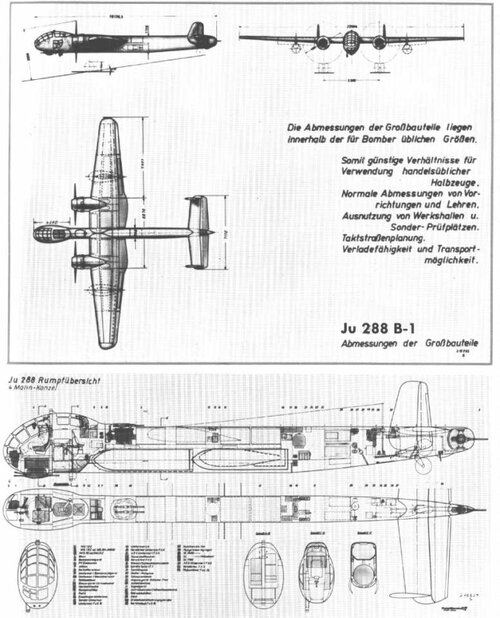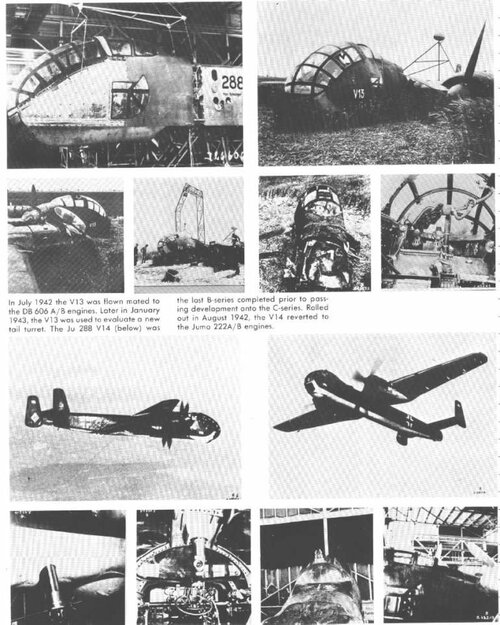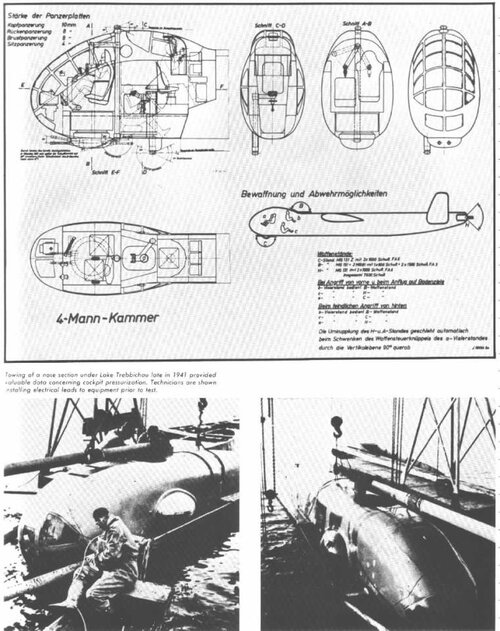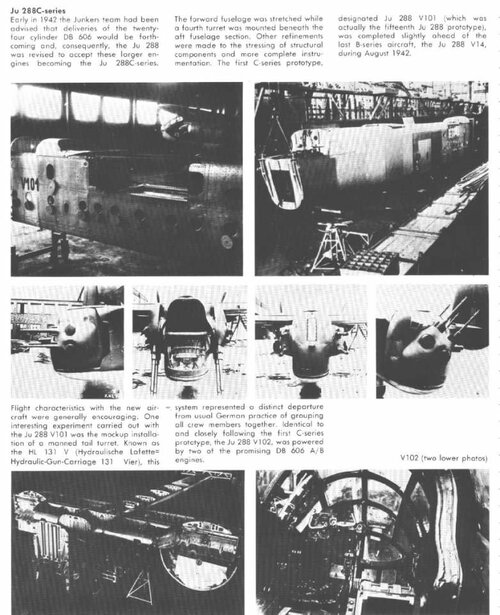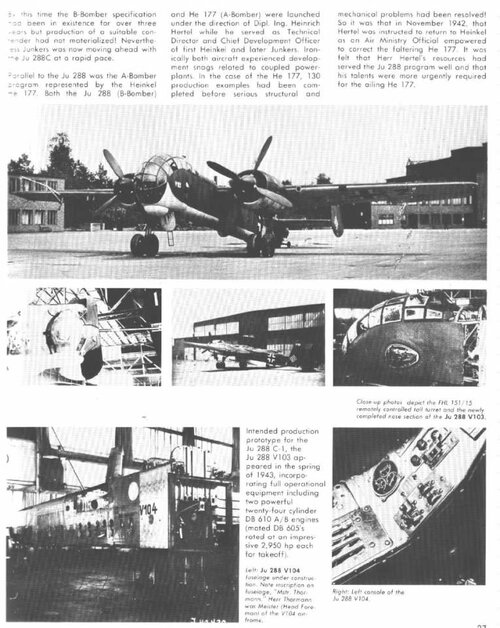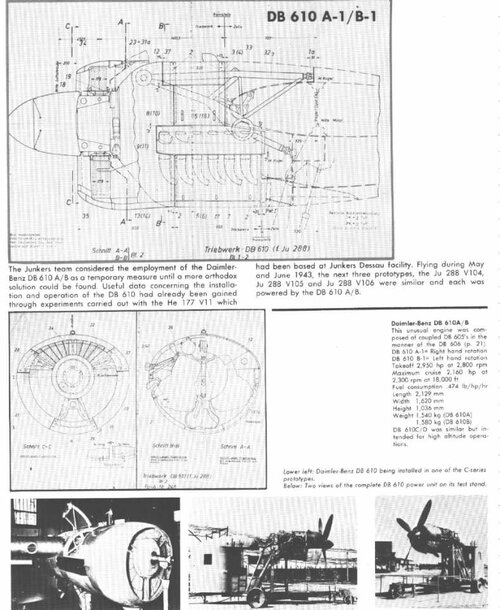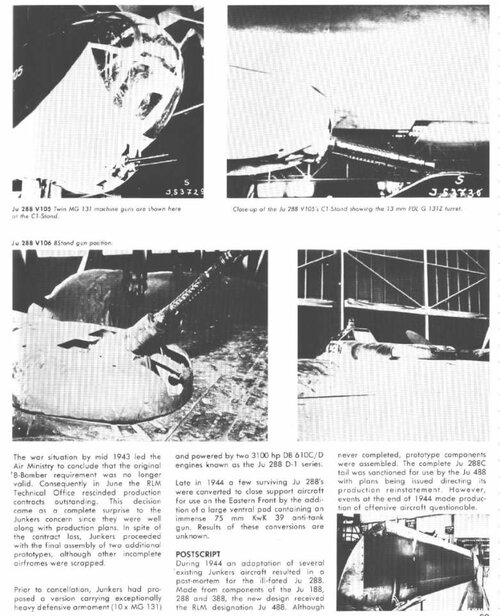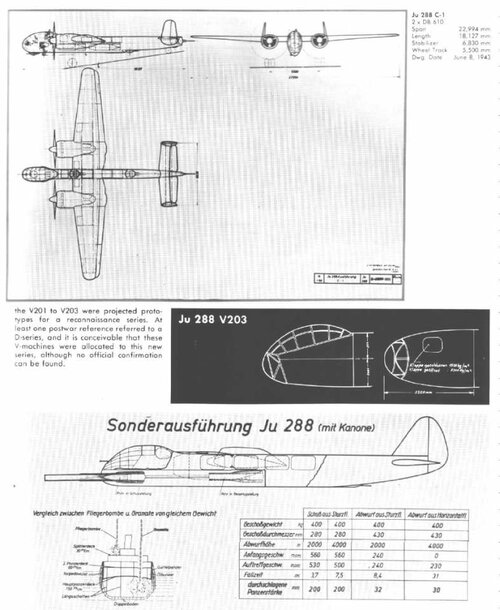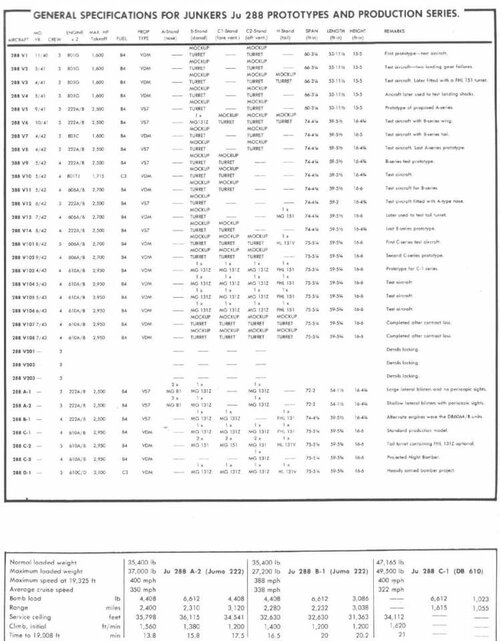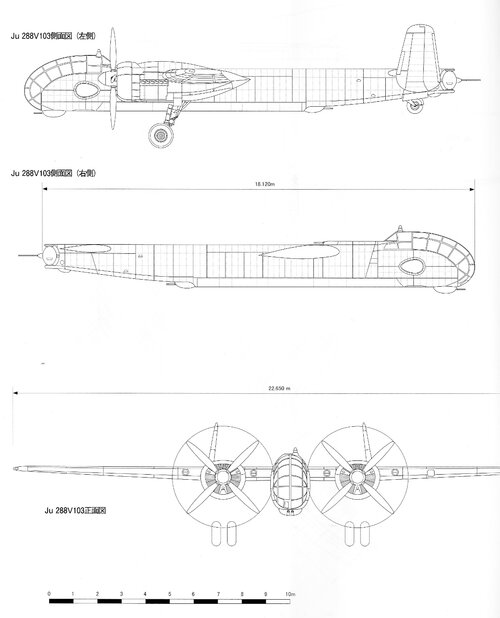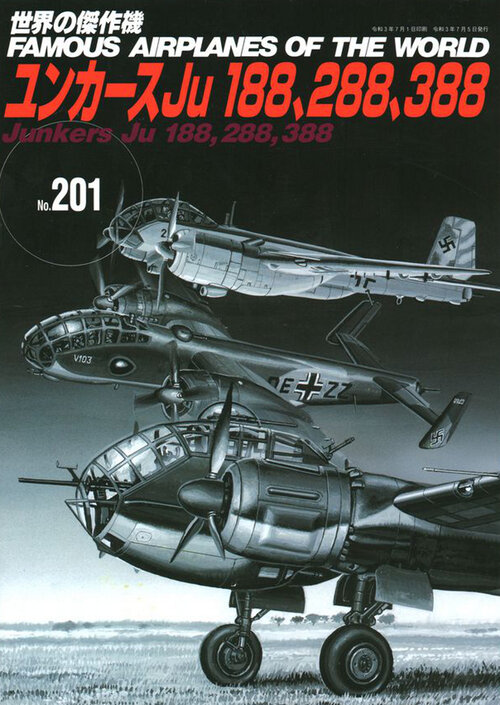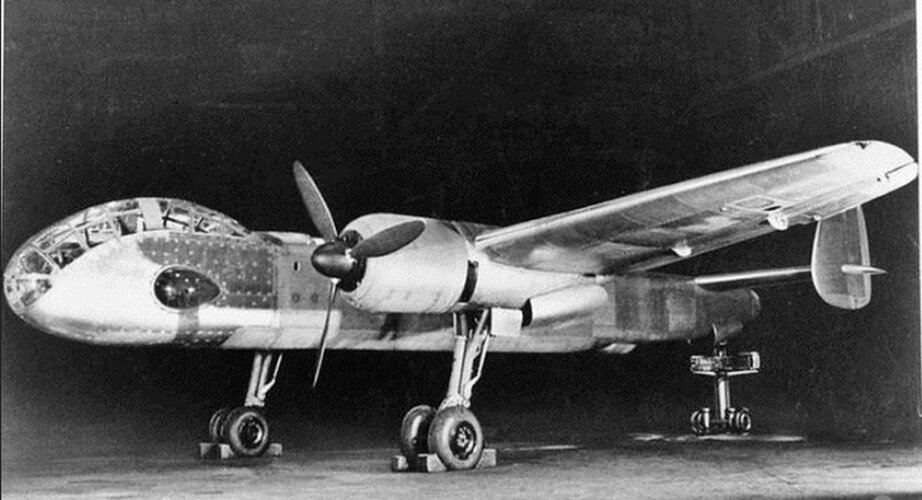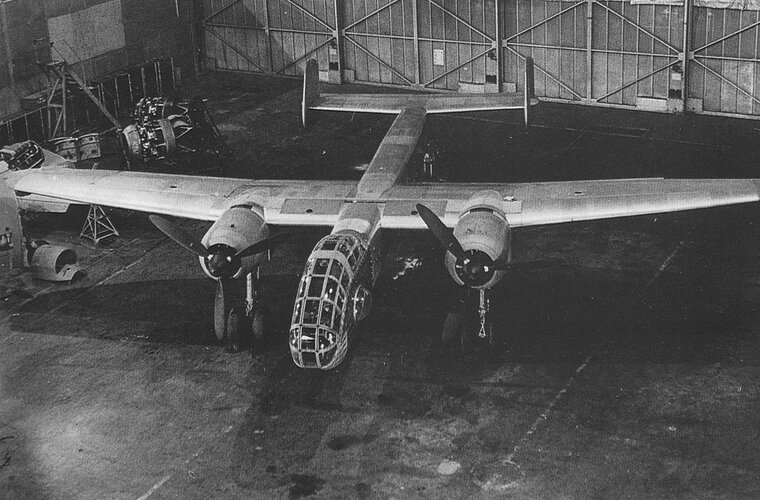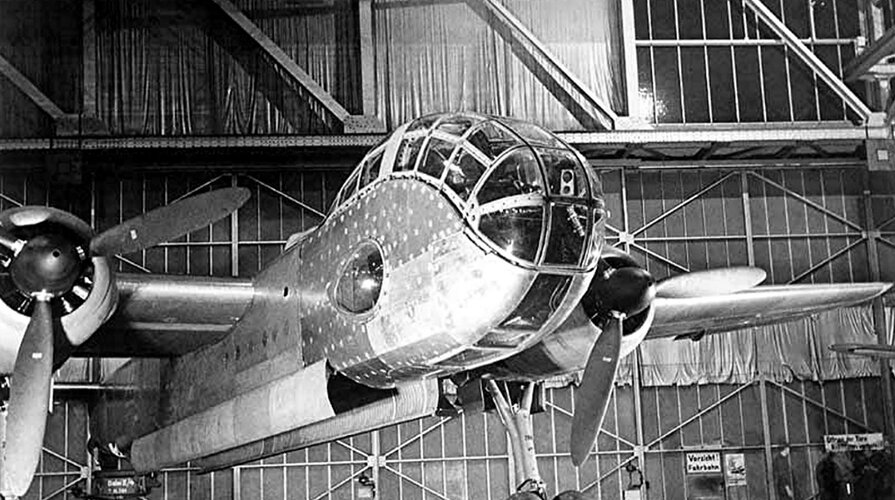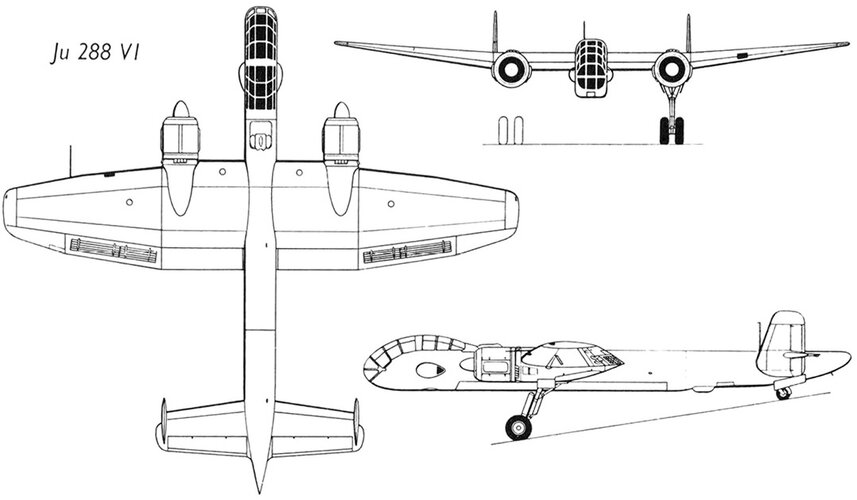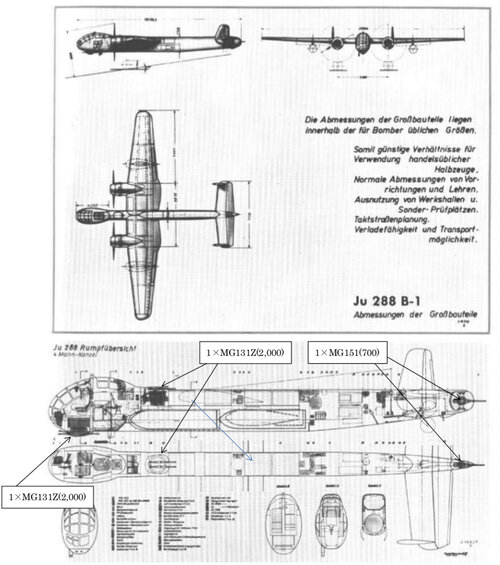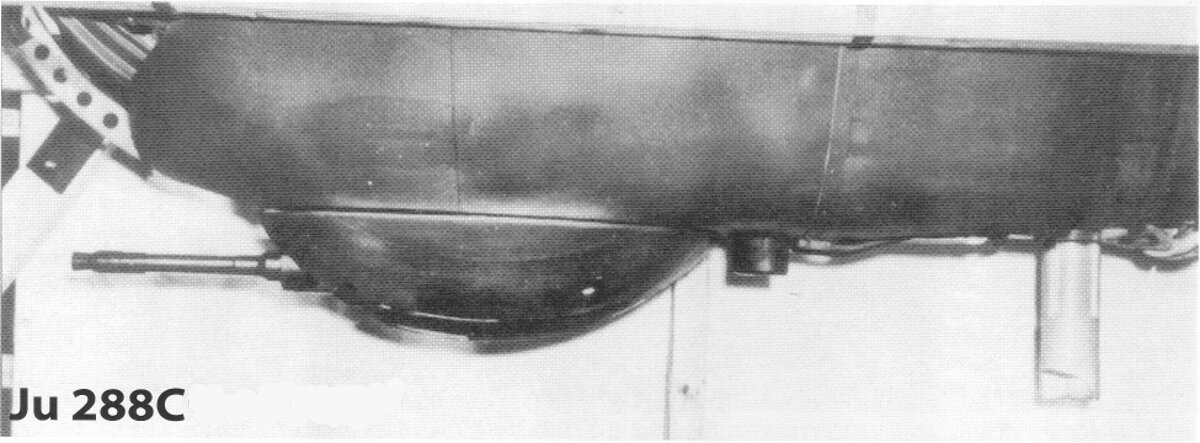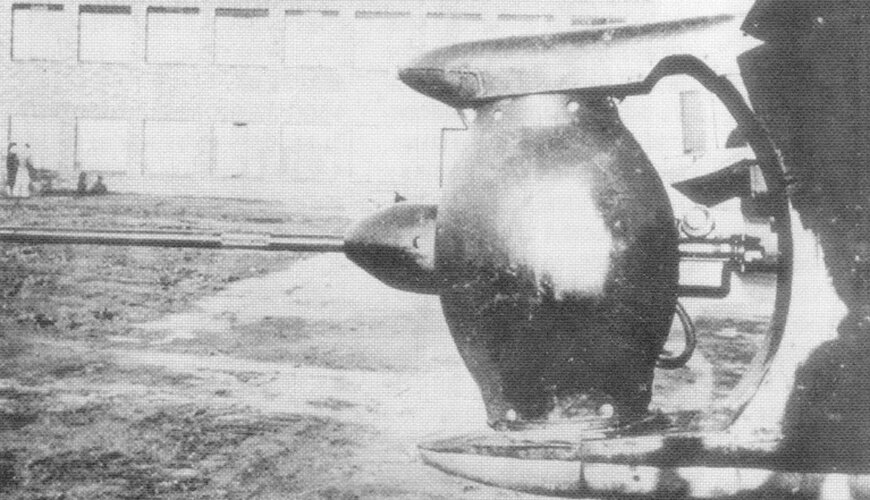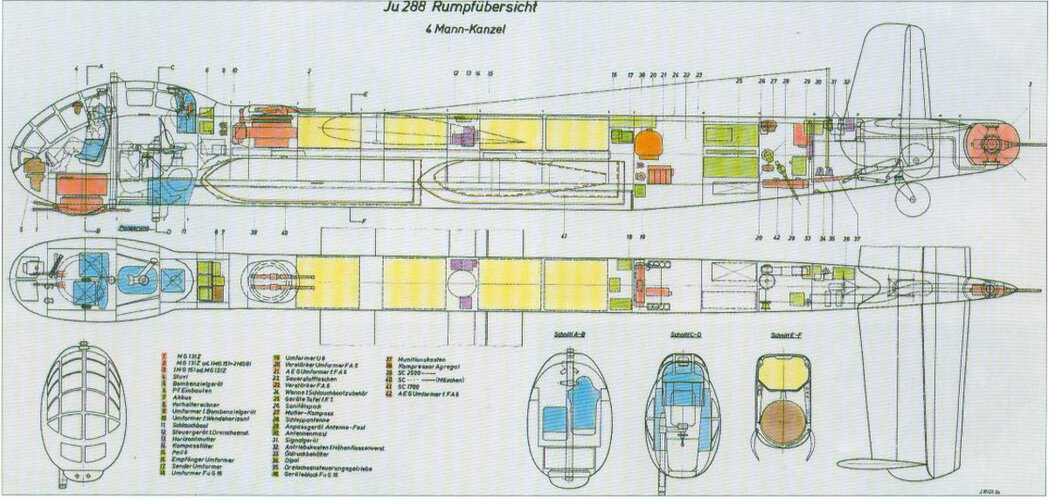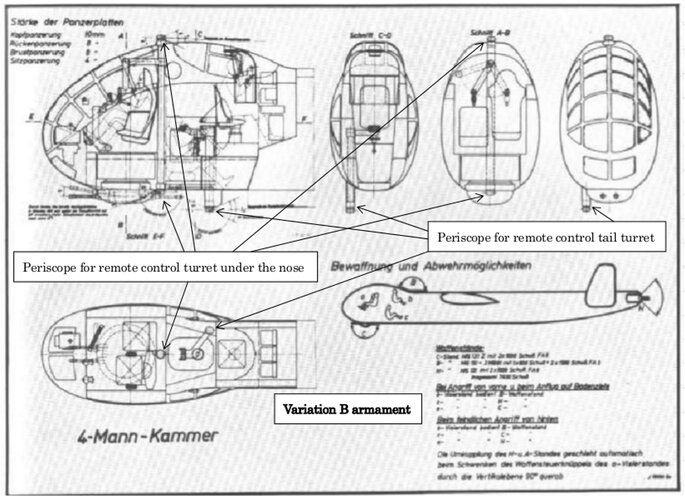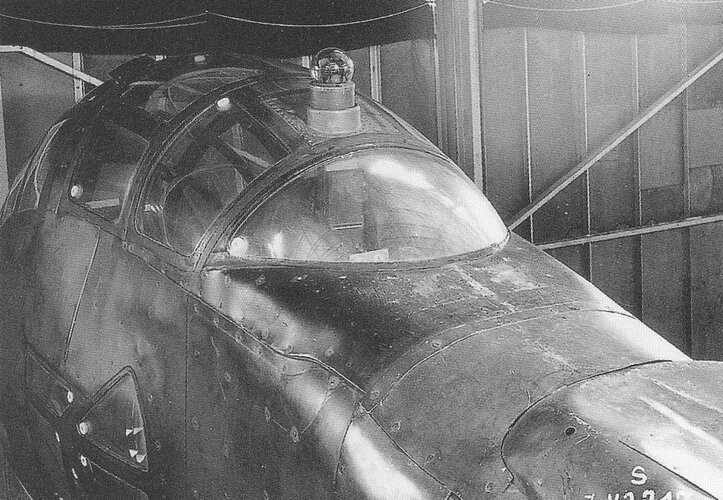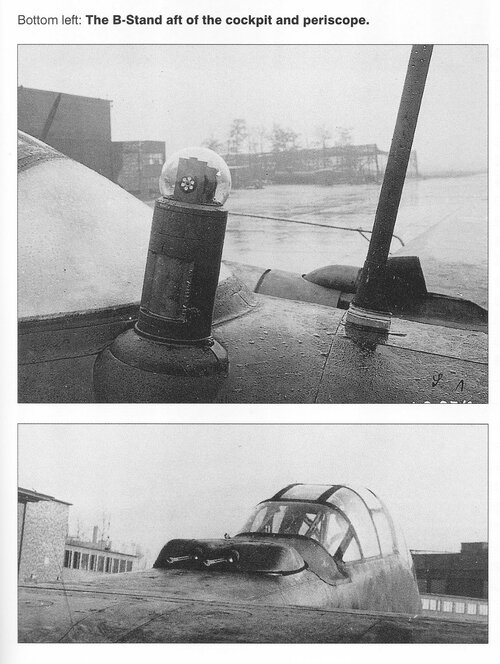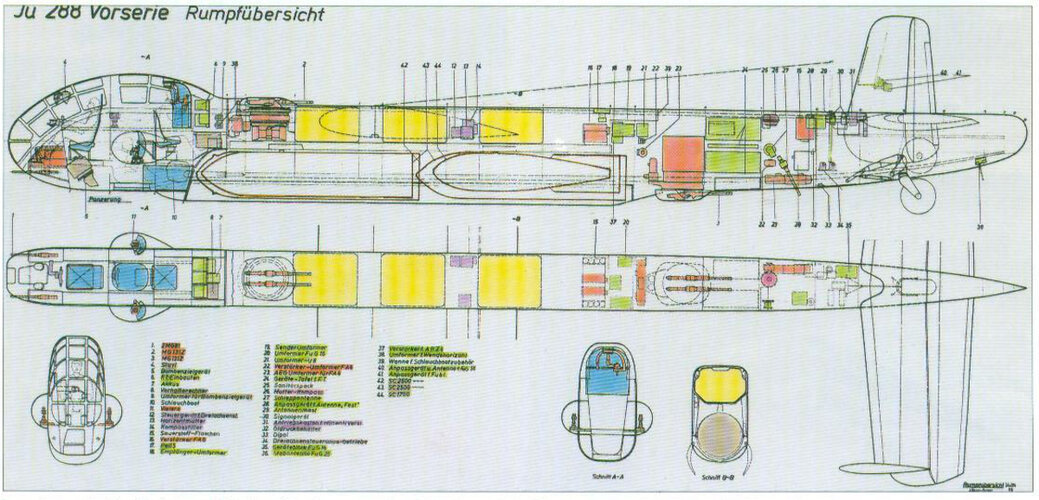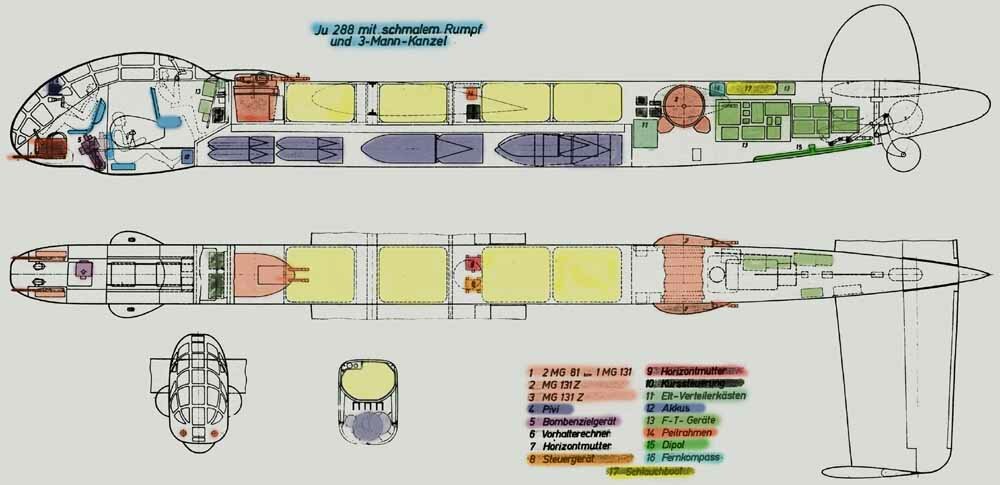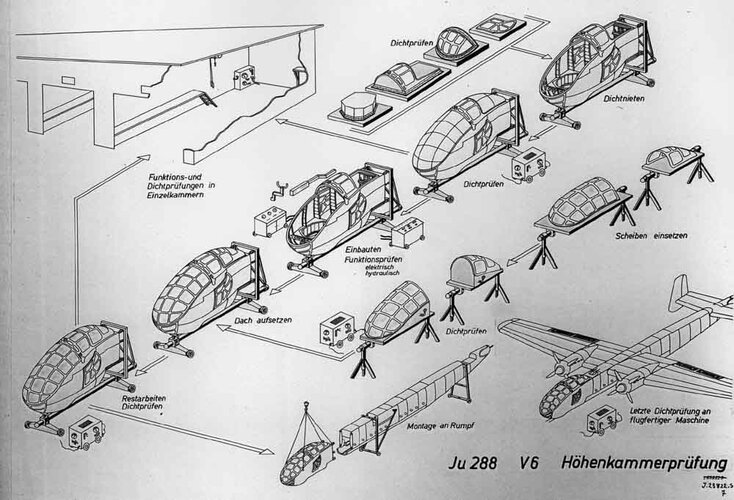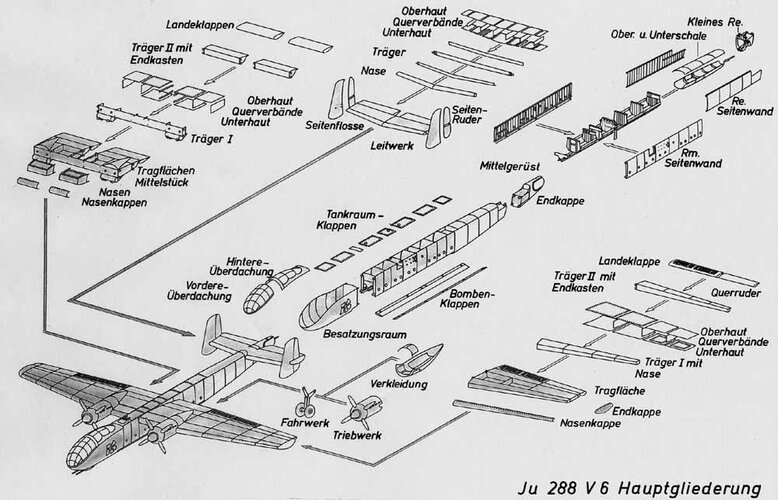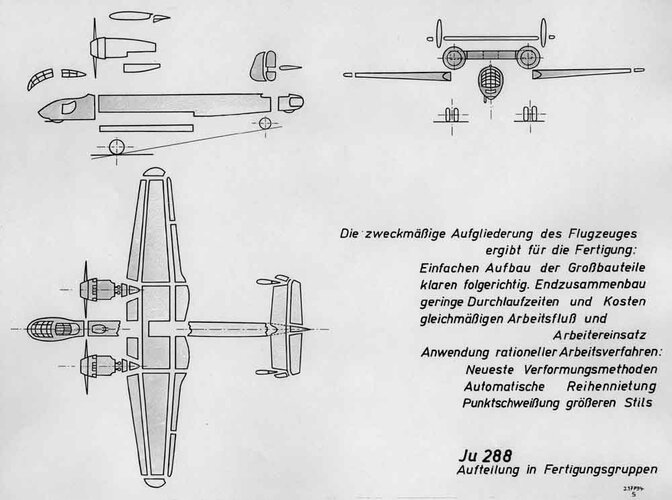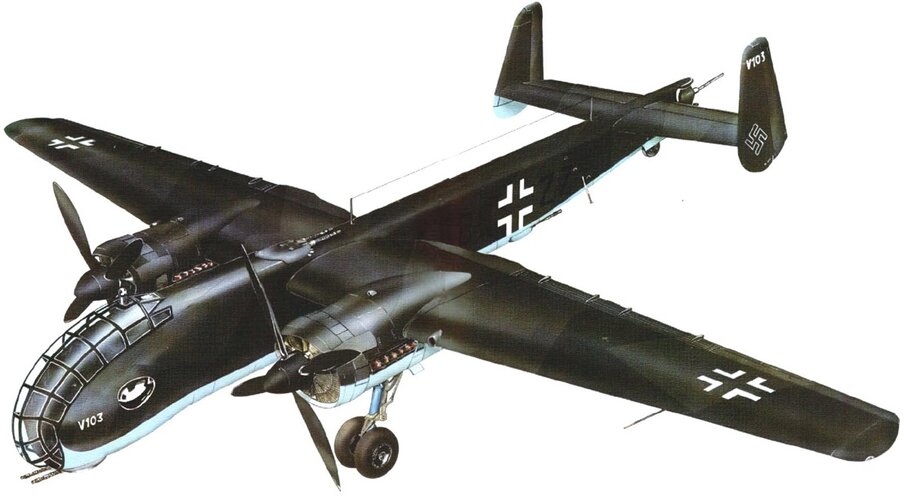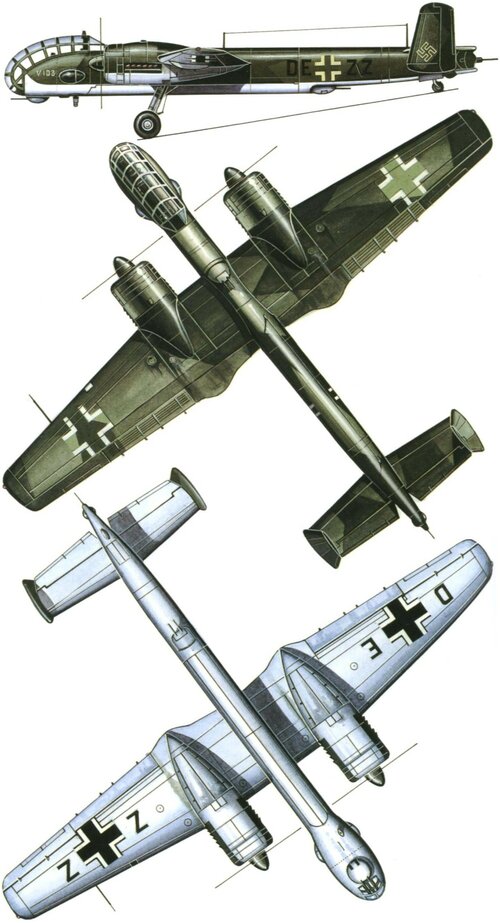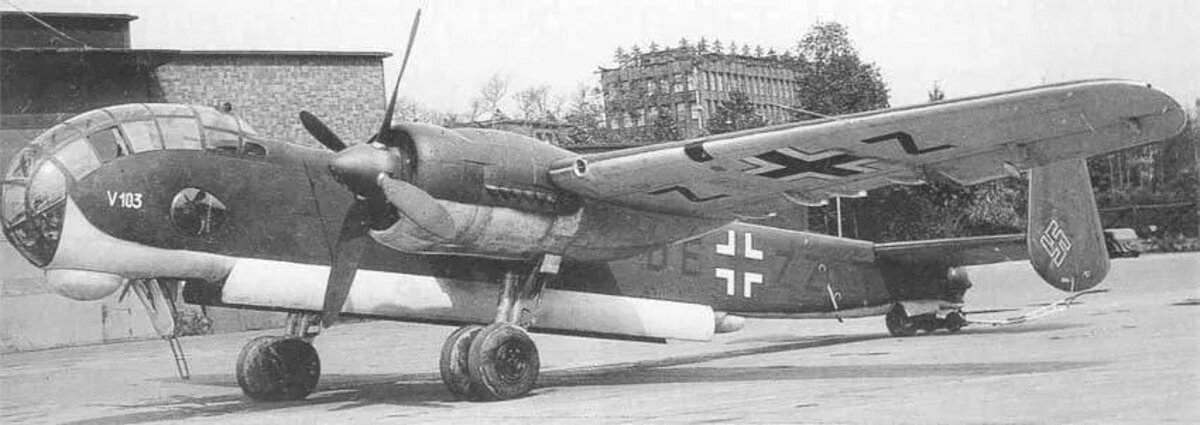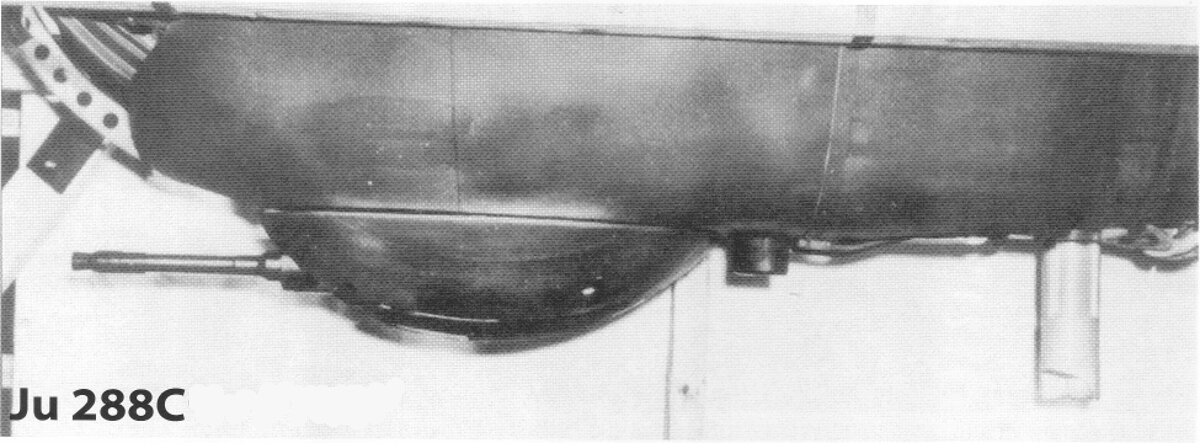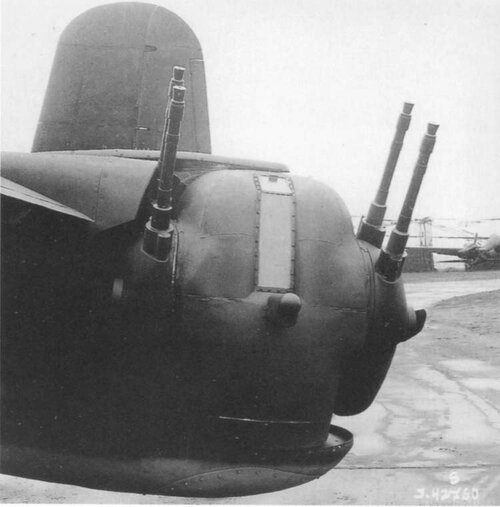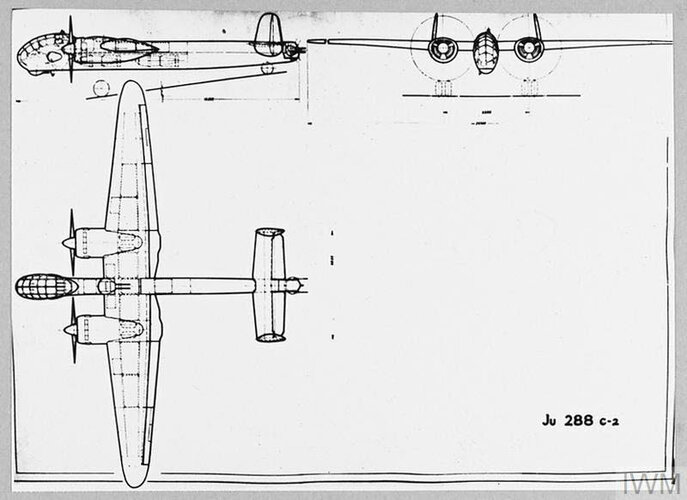RECOILLESS
The RCL guns developed during the First World War were based on the physical principle of the counter-shot, an object with the same mass as the projectile that was thrown backwards during firing to counteract the recoil.
During the 1930s, Rheinmetall-Borsig engineers perfected the system by replacing the counter-shot with a cartridge case that weighed the same as the shell.
In 1937 the firm Krupp developed a more effective system by replacing the counter-shot with a rocket nozzle designed to expel gases in the opposite direction of the projectile.
The mass of gas multiplied by its speed was the same as the mass of the Shell multiplied by its speed, then the two effects balanced each other.
In 1941, the Krupp
Düsenkanone (jet cannon) 7.5
Leicht Geschütz 40 was used by paratroopers in the airborne attack on Crete and by
Alpenjägern in the Carpatian mountains.
The anti-tank recoilless cannon was found to be useful but in 1944 the
Heereswaffenamt decided to halt production. By the time gun propellants were in very short supply and the recoilless cannon used up to five times the amount of propellant needed by conventional artillery.
On the contrary, the
Luftwaffe showed great interest in the new technology that
would allow large-caliber guns to be installed in aircraft without suffering structural damage caused by the recoil.
Early in 1944, static tests were conducted with a Rheinmetall-Borsig Düka 75 mounted beneath a Messerschmitt Bf 110 but the fuselage of the plane was badly damaged by the rear blast and the development of a viable air-to-air version was transferred to the Skoda firm.
The Czech engineers decided to replace the original jet nozzle with two convergent-divergent Laval nozzles extended at the rear by two jet pipes angled 30-degrees.
In February 1944 designer Alexander Lippisch proposed using the new version of the Düka 75 as the main armament of the Delta VI jet plane project.
Düka 75 technical data
Caliber: 75-mm (6.5 kg) single-shot recoilless weapon.
Lenght: 4.85 m.
Muzzle velocity: 540 m/sec.
Weight: 650 kg.
The Düka 88 (with two exhaust nozzles inclined at 51-degrees) was an improved version of the Düka 75 developed at Rheinmetall-Borsig by a team headed by Dipl.-Ing. A. Kleinschmidt.
The type was mounted under the belly of the Junkers Ju 88 A-5 (Werk. Nr. 2079) with both jets protruding through the aircraft body in dorsal/ventral configuration.
Although the firing trials conducted at Unterlüss test center were satisfactory the
Luftwaffe technical office (
Technisches Amt) cancelled the project objecting that the excessive weight of the gun would prevent the Junkers from escaping from the American escort fighters after attacking the bomber stream.
The weapon never went into service.
Düka 88 technical data
Caliber: 88-mm (10 rounds rotary magazine).
Lenght: 4.7 m.
Muzzle velocity: 605 m/sec.
Weight: 1,000 kg. Range: 12,000 m.
Following the cancellation of the air-to-air version, Rheinmetall decided to use the new technology in the Düka 280 project, an antiship cannons series with calibers ranging from 210 to 305-mm capable of firing 400 to 700 kg shells.
The possibility of using a Junkers Ju 288G bomber (provided with lateral openings for the exhaust gases in the fuselage sides) as a carrier aircraft was considered but the first tests showed the impossibility to absorb and deflect the rear blast in the airframe.
Calculations made for a 400 kg anti-ship shell fired at 560 m/sec from 2,000 m altitude indicated a 200-mm penetration capability at steel armour.
The
Sondergerät SG 104 was a 355.6-mm recoilless cannon developed by WKW in 1939 to met the RLM specification calling for a airborne heavy cannon capable of engage armored naval targets.
The type was designed to fire a 635 kg shell at 315 m/sec, it was expected that the powerful recoil being balanced by the expulsion of the equally heavy cartridge case to the rear.
This 4,000 kg weapon was mounted under the belly of a Dornier Do 217 E-0, but the idea was abandoned due the damage caused by the explosive backblast during the first static test performed on September 9, 1940.
Sondergerät SG 104 technical data
Caliber: 355.6-mm (635 kg) single-shot recoilless weapon.
Lenght: 11.85 m.
Muzzle velocity: 280 m/sec.
Weight: 4,837 kg. Range: 4,000 m.

